After the CanRock explosion of the 1990s and indelible contributions to the 2000s golden age of indie, Canadians' musical output at-large took on subtler forms over the past ten years. But as Exclaim!'s 50 Best Canadian Albums of the 2010s demonstrate, just because they were subtler doesn't make them any less impactful.
From Indigenous renaissance leaders like Tanya Tagaq and A Tribe Called Red, to electronic breakouts like Kaytranada and Caribou, to globe-conquering pop stars like Justin Bieber and Carly Rae Jepsen, Canadian musicians shaped conversations at home and abroad over the past ten years. Here are the albums that led the charge.
Exclaim!'s 50 Best Canadian Albums of the 2010s:
50. Owen Pallett
In Conflict (2014)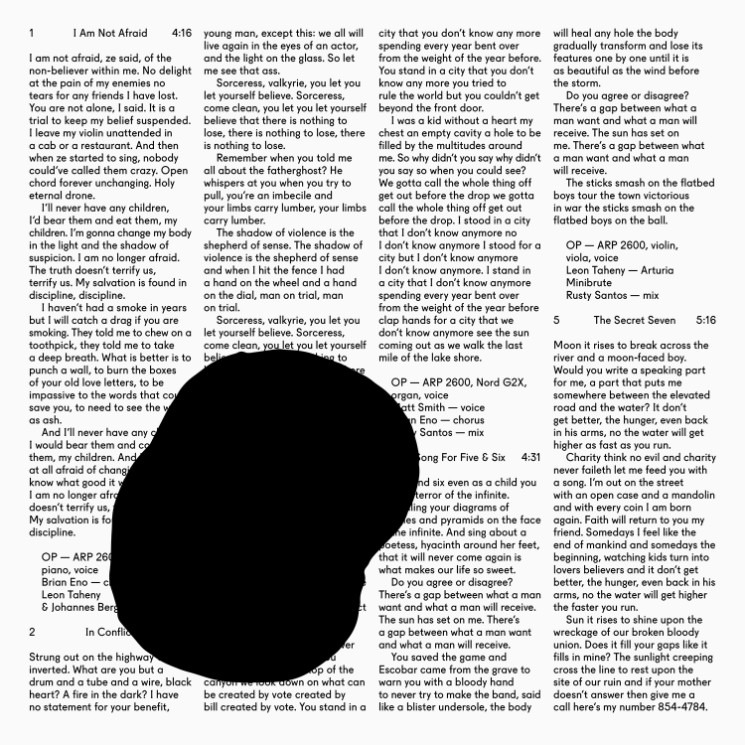
Following Owen Pallett's acclaimed 2010 concept album, Heartland, the composer and singer-songwriter searched inwards to create In Conflict, a stunning followup that found Pallett exposed in a way which his storytelling hadn't allowed for in the past. Anchored by his violin and viola, In Conflict harnesses synthesizers to form impeccable arrangements which blossom throughout the record, alternately exercising restraint and layering to build a colossal wall of sound on tracks such as "The Riverbed." In Conflict's lyrics can be heard as cutting in a way that only comes through self-examination, Pallett's ability to find salvation in his work a throughline.
Anna Alger
49. Shad
Flying Colours (2013)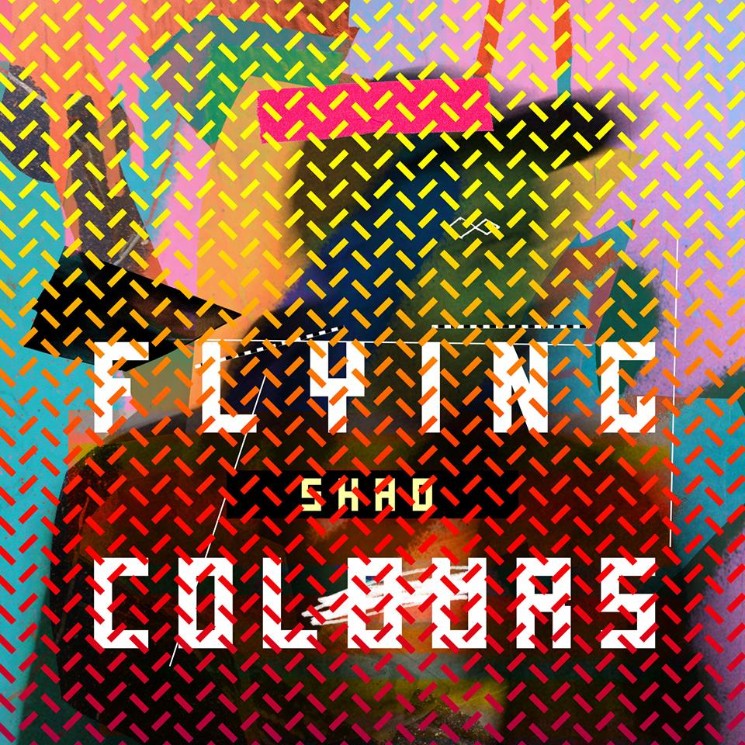
There is an assuredness and sturdy sense of self that pulses through Shadrach Kabango's fourth album, but the versatile artist's greatest achievement here might be that he doesn't let his messages and focus overpower his excursions into playfulness and wit. Flying Colours offers vibes and surprises for days like "Progress (Part 1: American Pie, Part 2: The Future Is Here)," a rap-ballad reimagining of the Don McLean classic, and the warm soul food for thought of "Fam Jam (Fe Sum Immigrins)," which dives headfirst into the importance of Canada's multiculturalism. And there, holding it all together, is the charismatic, thoughtful poet.
Luke Fox
48. Jennifer Castle
Pink City (2014)
"Truth is the freshest fruit," Toronto singer-songwriter Jennifer Castle asserts on the opening track of her 2015 Polaris Music Prize-shortlisted album Pink City. The truth is the heart of Castle's perennial album as she plucks both beauty and pain from the world to masterfully craft her candid folk and soft rock songs. On "Sparta," Castle illuminates how revitalizing nature is while on tracks like "Working for the Man," she goes toe-to-toe with the capitalist grind of city life. In the end, Pink City is about finding balance while emphasizing the importance of staying true to yourself.
Laura Stanley
47. Colin Stetson
New History Warfare, Vol. 3: To See More Light (2013)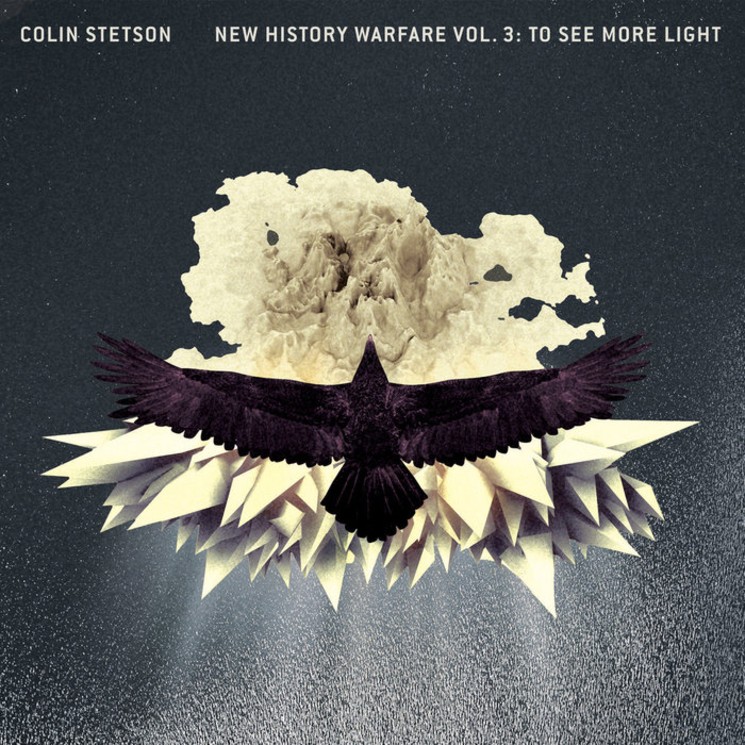
This is one of the best chances to hear a man become a river, a steam engine, a choir of lost souls, a flight of conquering angels. Colin Stetson's transmogrification, his melding of body, breath and brass, is perfected here as he wields his saxophone, with occasional vocal help from Bon Iver's Justin Vernon, to create music that is so perfectly balanced between physical and spiritual it feels like a conjuring. Pulling from classical, metal, gospel, extended technique improvisation, minimalism made maximal, Stetson closes off his New History Warfare trilogy with eleven astonishing pieces that you can use for breathing, for dreaming, and for seeing more light.
Eric Hill
46. Andy Shauf
The Party (2016)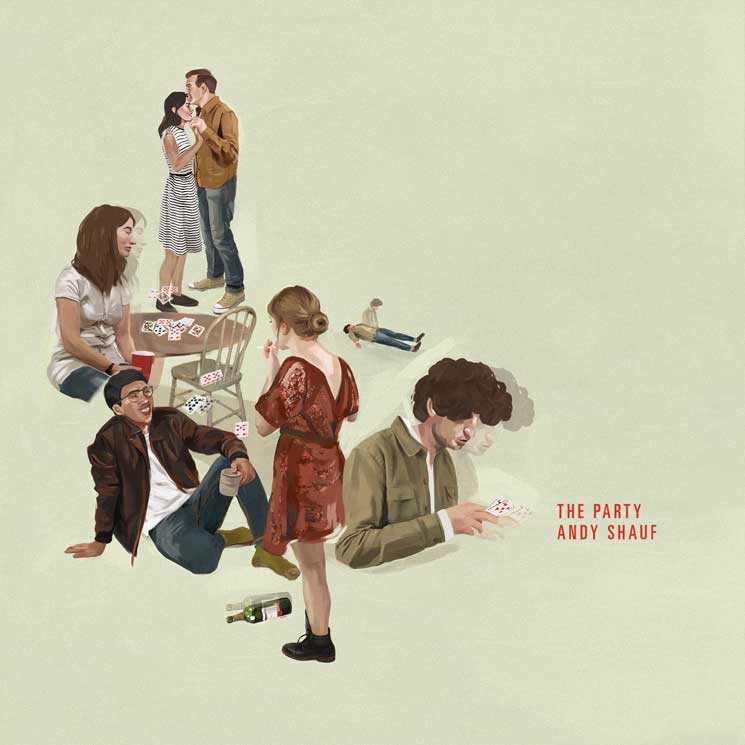
The world of The Party is sparse. It's packs of cigarettes, lighters and bottles of wine; it's Jeremy getting stoned, Sherry in tears and Alexander keeling over dead on the ground. Throughout the album, Andy Shauf casts his magic in hushed tones and impeccable arrangements. He relays these vignettes of a single night of love and loss with his trademark drawl, letting the words slur out of his mouth as though he is reluctant to relay the events of the evening. It's a fitting tribute to rites of passage in "a city the size of a dinner plate" from the Saskatchewan-raised multi-instrumentalist. It is soft, honest and needs no grand gestures to spark immense feeling.
Sam Boer
45. Counterparts
The Difference Between Hell and Home (2013)
The difference between this and Counterparts' two preceding albums is compromise: after moving away from metalcore in favour of flavour-du-jour melodic hardcore, the Hamilton heavyweights settled their sound in between. In doing so, they managed to write the Defeater-esque song they'd always tried to in "Witness," contrasted by an absolute demolisher like "Slave." The off-kilter chugs are more challenging than ever, while the melodies are less so; "Compass" encompasses the best of both worlds with one of the best choruses the band has ever written. Vocalist Brendan Murphy's intense introspection made it all hit harder; the one thing they didn't compromise was heart.
Bradley Zorgdrager
44. Women
Public Strain (2010)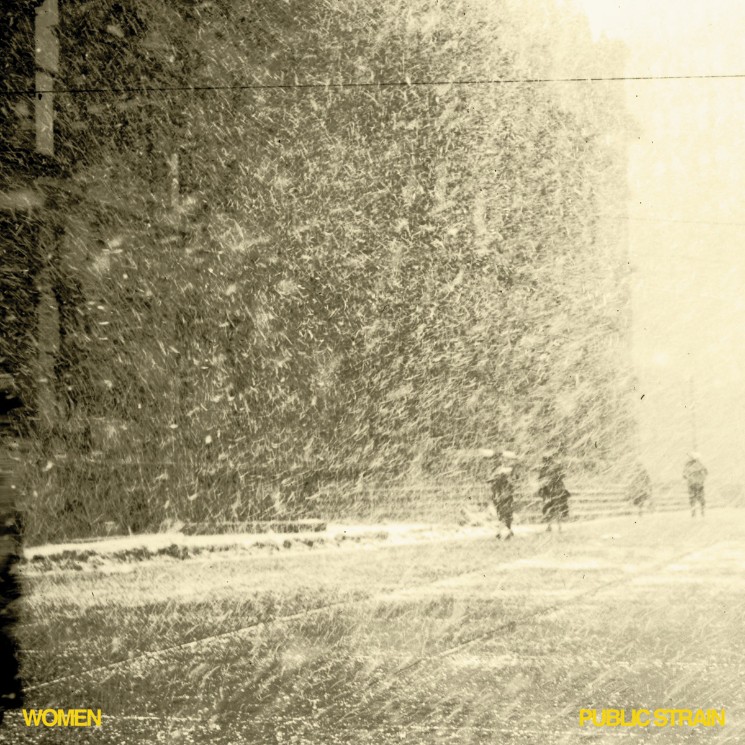
Shortly after a fist fight broke out between the band during a show in Victoria, Women had officially ended — just one month following the release of their second album, Public Strain. A little over a year later, guitarist Chris Reimer tragically passed away in his sleep. Since then, the short and fabled run of Calgary's Women would be remembered by their mesmeric record thick with crudely calculated noise and tinny, squealing guitar interplay that was loosely bandaged by the distant vocals of Reimer and brothers Pat and Matt Flegel. Public Strain was the work of a fluctuating post-punk machine, running through a hallucinatory haze of chilling feedback and reverb which unknowingly cemented themselves in Canadian rock mythology.
Chris Gee
43. Braids
Deep in the Iris (2015)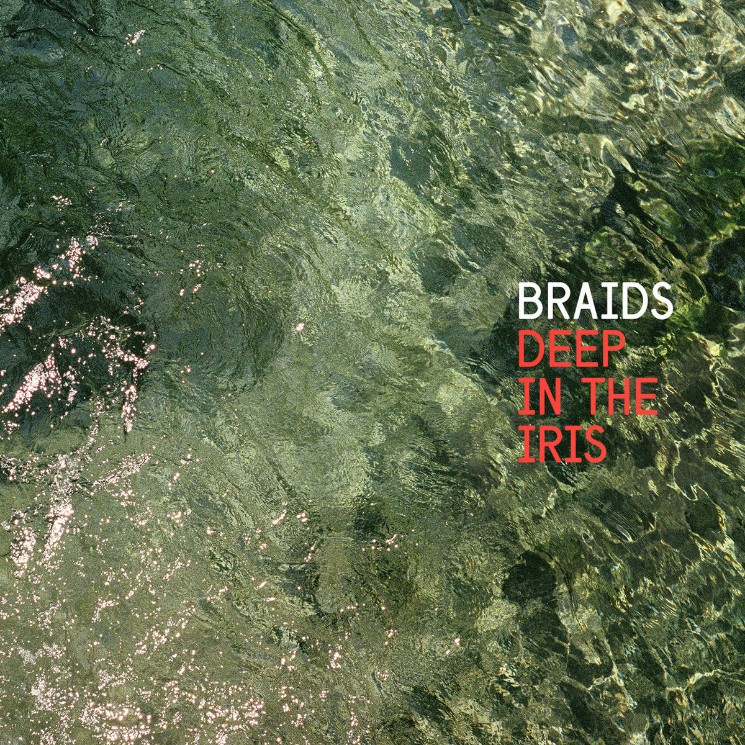
Deep in the Iris is a work that integrates elements that can sometimes seem contradictory. It is full of raw emotional force, yet is still incredibly tightly produced. It blends synthesizers and drum machines with live drums and piano seamlessly. The percussion is particularly impactful on songs like "Happy When," when the drums are given room between iterations of the chorus. The album touches on themes like love ("Taste"), trauma and sexism ("Miniskirt"), and loneliness ("Sore Eyes"). Deep in the Iris is an excellent album that defined Braids' sound from their earlier, more ambient material.
Ian Rodgers
42. Snotty Nose Rez Kids
Trapline (2019)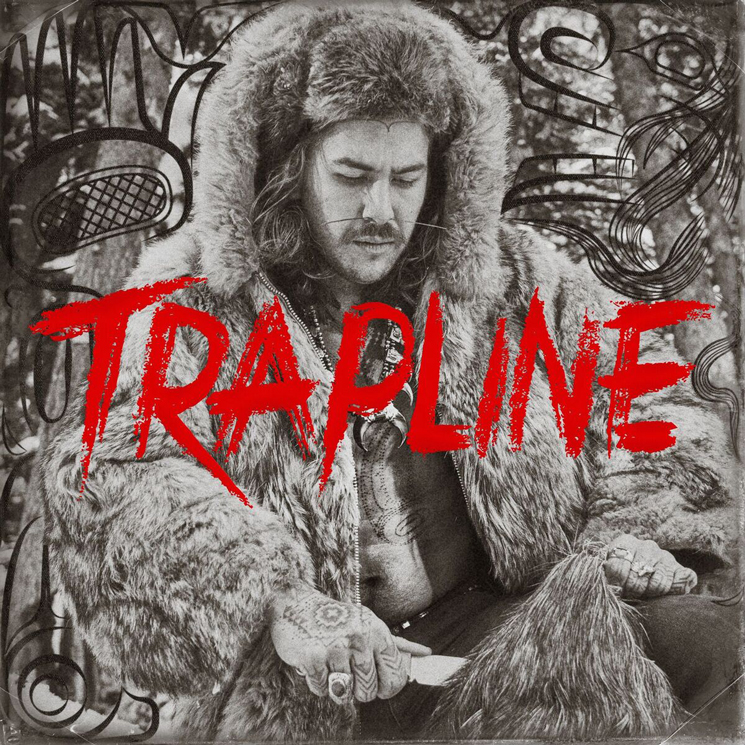
If OutKast and N.W.A. had a baby, its name would be Trapline: Snotty Nose Rez Kids' acid-laced flow, buoyant beats and playful interplay between Young D and Yung Trybez create an album that is as dancefloor-filling as it is eye-opening. Proudly Indigenous and inclusive, the Polaris Prize shortlisters pioneered the Minay Movement, securing their place in the front lines of the Indigenous resistance. A chronicle of lived experience doused in reverberated bass, Trapline finds two Indigenous millennials dissecting era and culture, starting necessary conversations with every earworm. It's equal parts history lessons and bangers.
Oliver Crook
41. Tomb Mold
Planetary Clairvoyance (2019)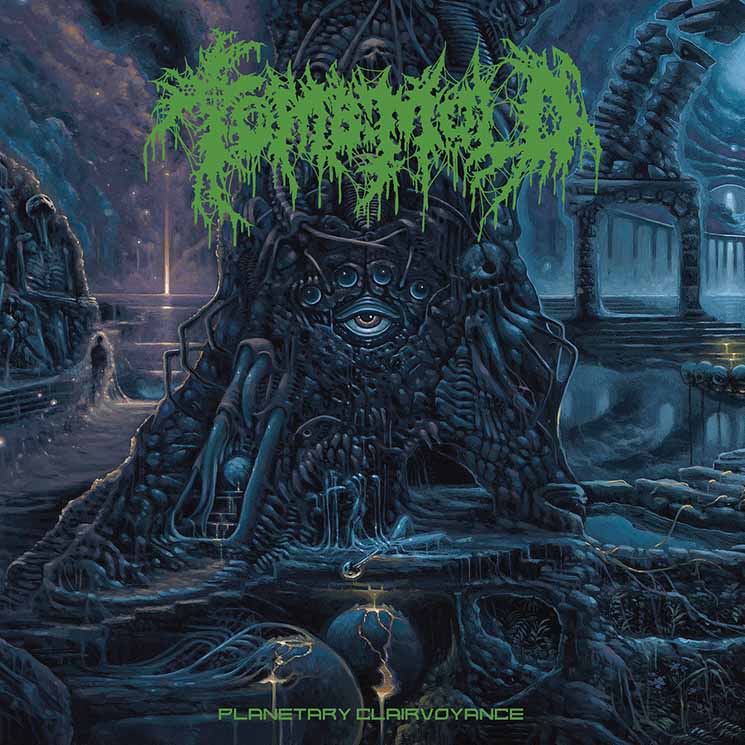
Tomb Mold are a unique Canadian voice in death metal with roots firmly planted in the Toronto hardcore punk scene. After rising to prominence with 2018 sophomore album The Manor of Infinite Forms, third album Planetary Clairvoyance put them at the head of the new school of death metal classicism. Planetary Clairvoyance retains Tomb Mold's distinct Finnish influences, but is also home to the progressive sounds of Cynic and Human-era Death. The band explore that sonic landscape to its outer limits, returning with an album that is inexorable in its aggression and irresistible in its groove. This is the next step for death metal as it looks to its past to shape its future.
Jack Kelleher
40. Justin Bieber
Purpose (2015)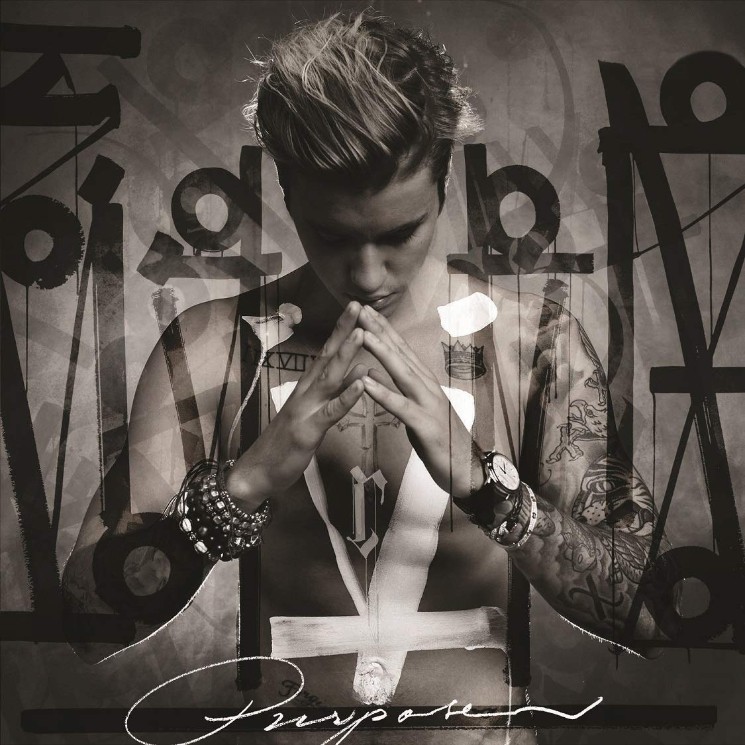
By 2015, Justin Bieber's innocent veneer had faded. From arrests to rumoured drug use, the Stratford darling's journey to adulthood was a public unraveling. Bieber's image was tarnished and the time was ripe for a textbook "coming-of-age" album — a soul-bearing mea culpa. His fourth album, Purpose, was just that. But it didn't feel like a ploy; it was marked with grit and an undeniable sincerity that kept it from sounding formulaic. Bieber planted his feet more firmly in genres he had previously only flirted with. And he placated old fans (and won over new ones) by apologizing when necessary and embracing his flaws.
A. Harmony
39. Ought
More Than Any Other Day (2014)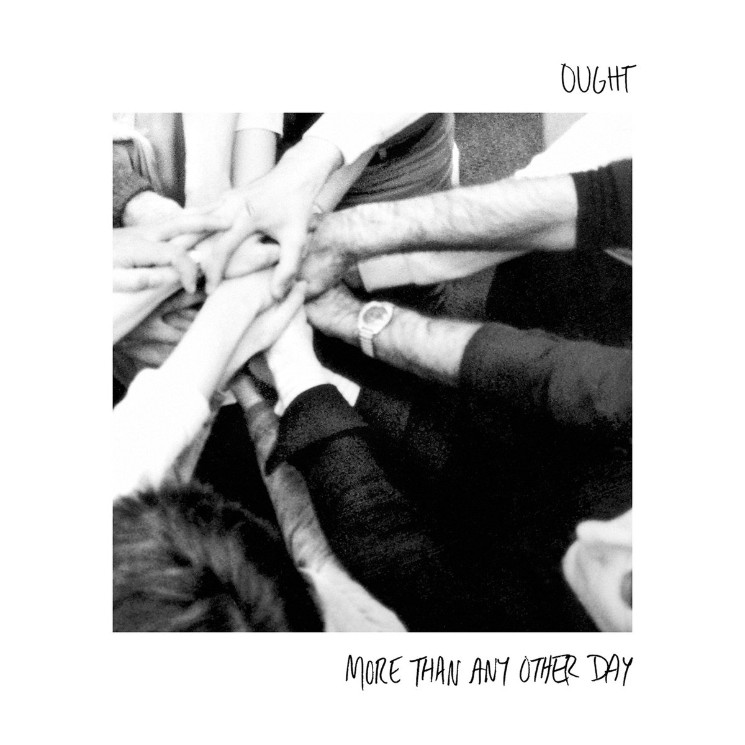
Ought's highly poetic and explosive spontaneity is led by brainy singer-guitarist Tim Darcy, whose fidgety, conversational prose staggers into chaotic outbursts of combustible barks and frantically articulated cries. On the Montreal-based quartet's debut album More Than Any Other Day, he's backed by jangly guitars and hyperactive drums that patiently transmit a restless energy, throttling Ought's volatility at times but eventually letting their sudden explosiveness converge into a cynical and empowering affair at opportune moments. More Than Any Other Day is a stimulating narrative about deep-seated anxiety, skepticism, brutal mundanity and a liberating view of the world that is veritably smart and mature.
Chris Gee
38. Gord Downie
Secret Path (2016)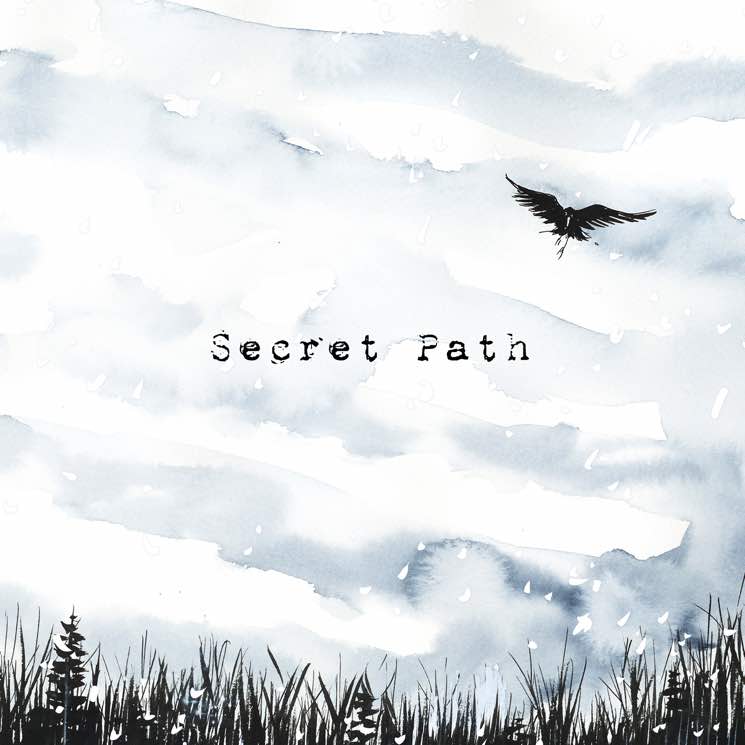
Secret Path, which tells the true story of Chanie Wenjack, an Anishinaabe boy who died trying to escape from a residential school in 1966, intentionally transcended the scope of Gord Downie's celebrity at a time when tributes to his life and career with the Tragically Hip were pouring in from all over the country after his diagnosis with terminal brain cancer. In his final years, Downie used his life's gift of music and his platform as a highly respected artist to bring wider attention to the suffering of those affected by Canada's residential school system. As a piece of music, it's gripping, poignant and dramatic. But the lasting legacy of Secret Path is that of a one-of-a-kind document of history, a vital gateway to deeper learning and an extraordinary work of art.
Adam Feibel
37. Marie Davidson
Working Class Woman (2018)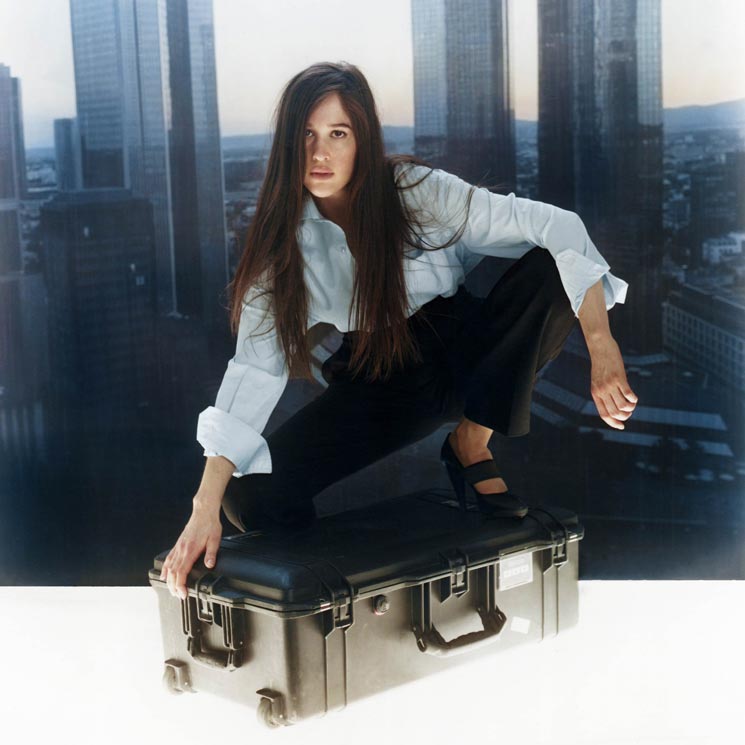
Marie Davidson's sophomore album Working Class Woman is a hard-hitting breath of fresh air. All hardware electronics and sharp notes, Working Class Woman stands out from the crowd for a slew of reasons, but especially because of how unique and out there it is. Making techno and experimental electronics accessible to a mainstream audience is hard to do, but Davidson did it, elevating her profile to a national level, including a spot on the Polaris Music Prize shortlist, in the process.
Sofie Mikhaylova
36. Timber Timbre
Hot Dreams (2014)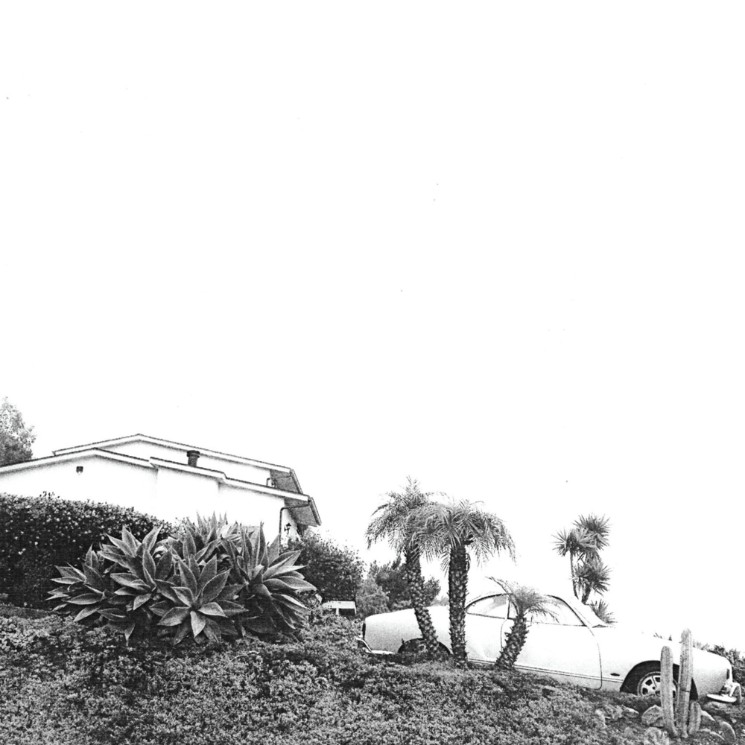
Of the three Timber Timbre albums released this decade, 2014's Hot Dreams most effectively delivered their murky, cinematic sound. As its title suggests, the album is sensual and surreal, full of brooding instruments and psychedelic visuals. Frontman Taylor Kirk's vocals give his deceptively complex songs their edge: "I wanna find another daydream, another nightmare," he croons on the title track. But several powerful musicians on distinct instruments flesh out the album's subtle menace, including Colin Stetson on sax, Mika Posen on violin and viola, and Mathieu Charbonneau on an arsenal of vintage keys. Each of the band's collaborators add to a bristling danger, an unspoken peril, that hangs like a heat haze in a horror western.
Joseph Mathieu
35. Alvvays
Antisocialites (2017)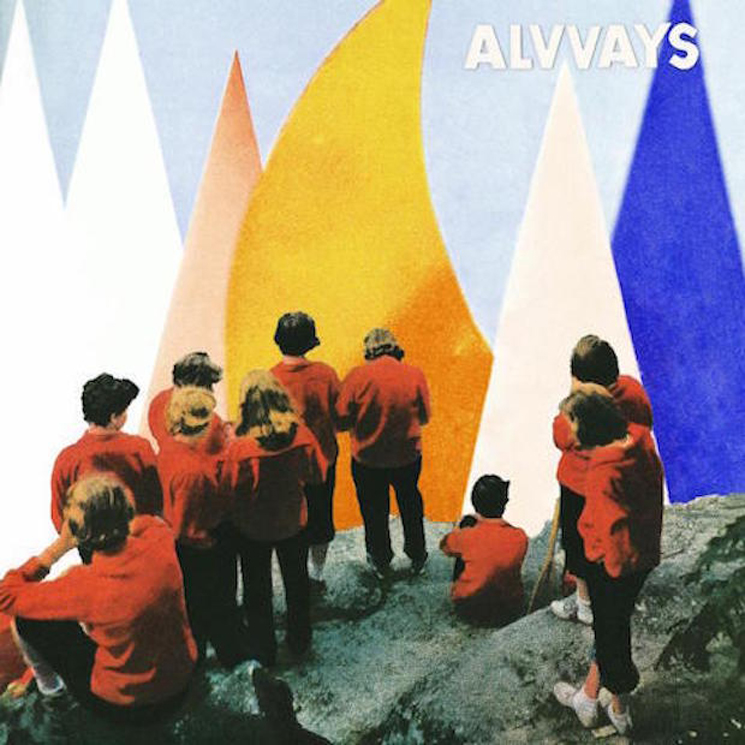
All eyes were on Alvvays after the success of their self-titled debut album, and they certainly delivered with the release of followup Antisocialites in 2017. Alvvays had already been performing a few Antisocialites tracks like "Your Type" and "Not My Baby" in their live sets since 2014, while a handful of songs were penned within the walls of an abandoned schoolhouse on the Toronto Islands. The lyrical storytelling in combination with the dreamy keyboard and guitar melodies won the indie pop outfit the Juno Award for Alternative Album of the Year in 2018.
Karen K. Tran
34. Royal Canoe
Today We're Believers (2013)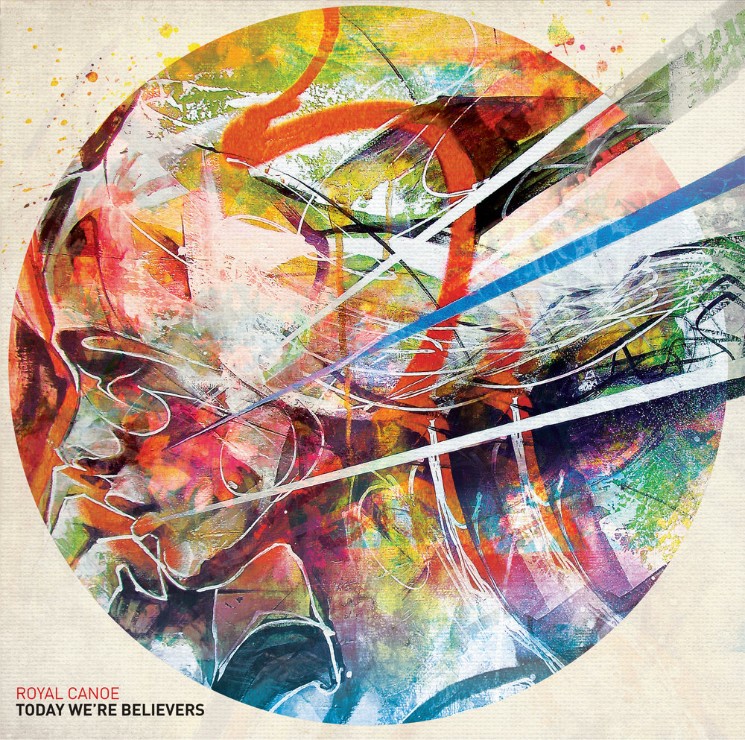
On Today We're Believers, Winnipeg sextet Royal Canoe meddled in genre-bending with brazen time signatures, ingenious song structures and a faultless balance between buoyant and darkly gripping tracks bursting with emotion and unrestrained imagination. It all comes together on standouts like "If I Had a House," a track with an utterly haunting end refrain that reaches its hand deep inside our most vulnerable parts and gives a squeeze. Today We're Believers is what you'd imagine falling into a kaleidoscope feels like, its ambition outshone only by its creativity.
Ashley Hampson
33. Majical Cloudz
Impersonator (2013)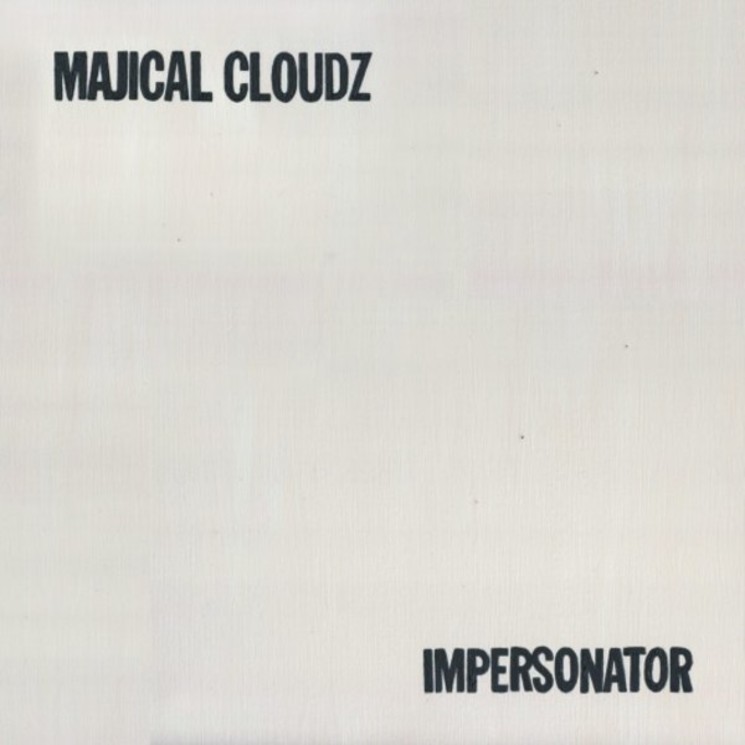
While Majical Cloudz have since disbanded and moved on to other projects, Impersonator still possesses the same sense of urgency and emotional intensity as it did upon its release. Consisting of achingly direct lyrics sung with extraordinary, wide-eyed intensity — and paired with hushed electronic tones constructed to build atmosphere rather than take centre stage — Impersonator was Devon Welsh and Matthew Otto's universally lauded, and award-nominated offering to the world. With the seriousness of a heart attack and an almost childlike sense of vulnerability, the album is a deceivingly simple ode to loving fiercely, and fearlessly.
Courtney Baird-Lew
32. Dilly Dally
Sore (2015)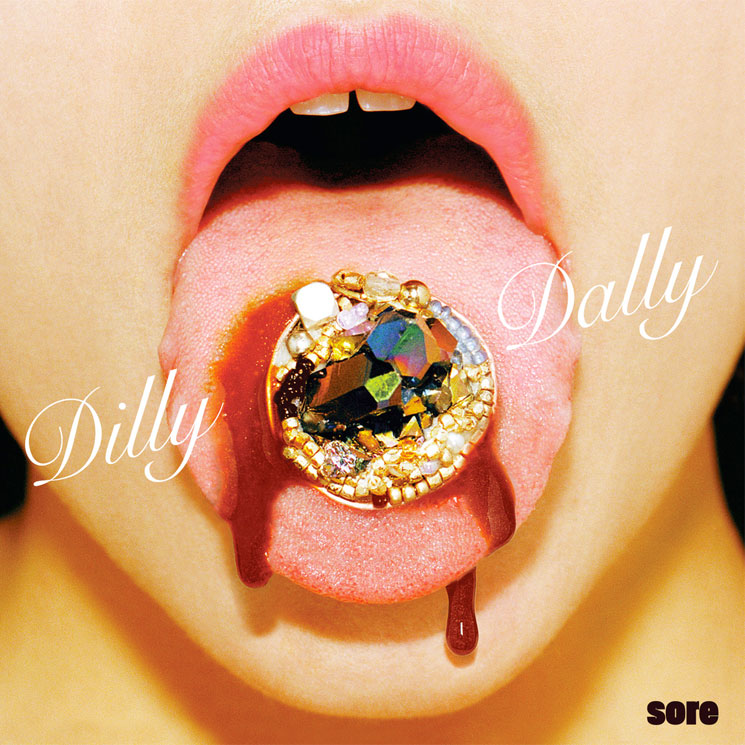
Katie Monks doesn't get enough credit for having one of the best voices in rock music right now. And as a queer woman screaming so desperately about desire, the power and catharsis of these songs only begin with her raw vocals. Sore feels hopeful, emboldening. It's a battle cry, and it burns into its listener with lyrics that are both seething and extremely tender: "I want you naked in my kitchen, making me breakfast in the morning light." Liz Ball's guitar strains to keep the balance with Monks's wail, as heartache and vengeance are laid out vivid, honest and a little grandiose.
Mie Beers
31. METZ
METZ (2012)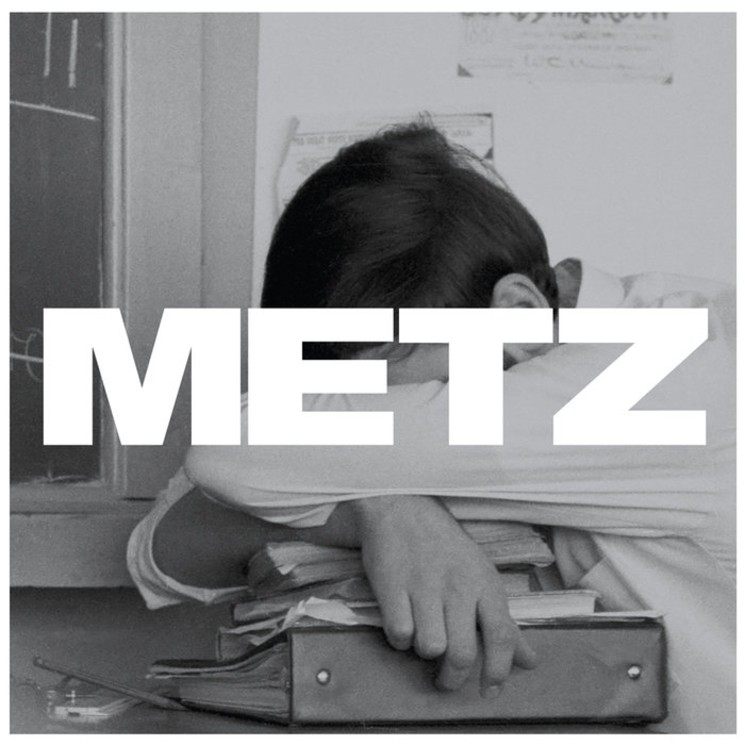
METZ's debut is ugly, primal, visceral and abrasive in the best possible ways. Sculpted from monstrous drums, overdriven bass, frenzied vocals and wailing guitar dissonance, it's a snapshot of a band that thrive when they conjure up as much noise as possible. Sure, it's not difficult to try to play as loud as possible, but it can be a delicate balancing act between creating a noisy mess and using these ingredients in a captivating way. METZ know this as well as anyone, and their debut is a master class on how to turn the impulsiveness of noise-punk into a chaotic thrill ride.
Matt Yuyitung
30. Haviah Mighty
13th Floor (2019)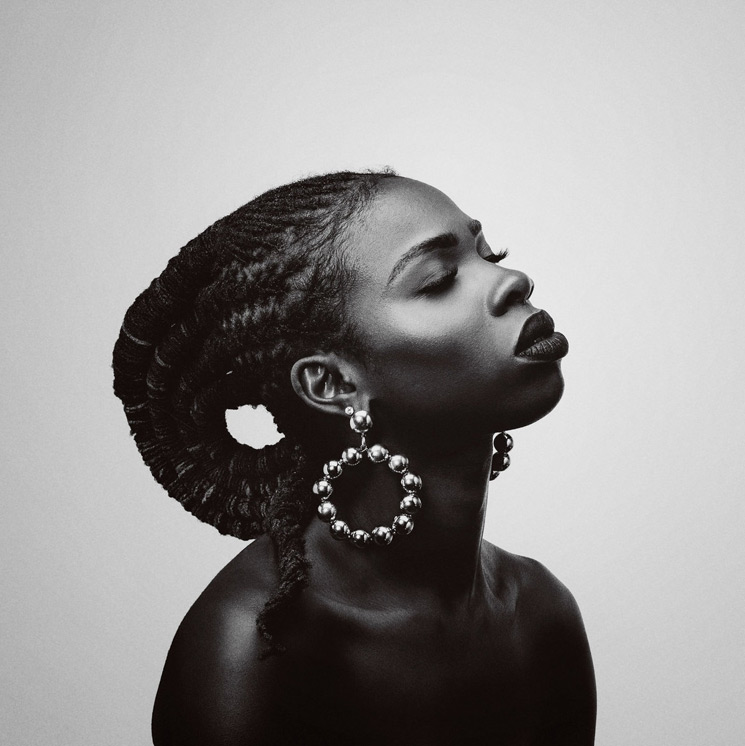
With the release of 13th Floor, the world witnessed the coming of the next Canadian hip-hop titan in Haviah Mighty (real name, no gimmicks). Witty wordplay is all over this record, from the cutting gender wage gap commentary on "In Women Colour" ("I gotta do two times more to earn four times less") to "Thirteen," which charts parallels between today's perilous times and the history of the American South. Beyond the banger status of future classics "Wishy Washy" — a perfect summertime jam — and "Blame," beyond the Polaris Music Prize win, this record encourages those to share their truths.
Josh Weinberg
29. Gorguts
Colored Sands (2013)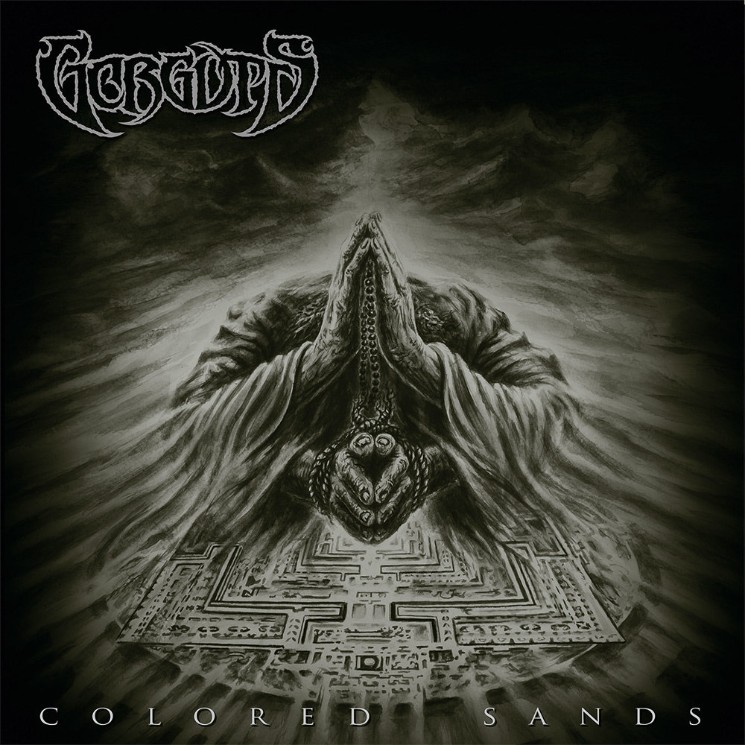
Gorguts' first studio album in 12 years, Colored Sands is a perfect snapshot of Luc Lemay and co. at the peak of their powers. From the very first notes of "Le Toit du Monde" to the final moments of "Reduced to Silence," Gorguts have taken all of their technical aspects forged on earlier releases and made them palatable with a continual push and pull of melody and sonic dissonance. With Colored Sands, Luc Lemay has created a Wagner-esque metal record that still sounds fresh and exciting.
Mark Tremblay
28. Hubert Lenoir
Darlène (2018)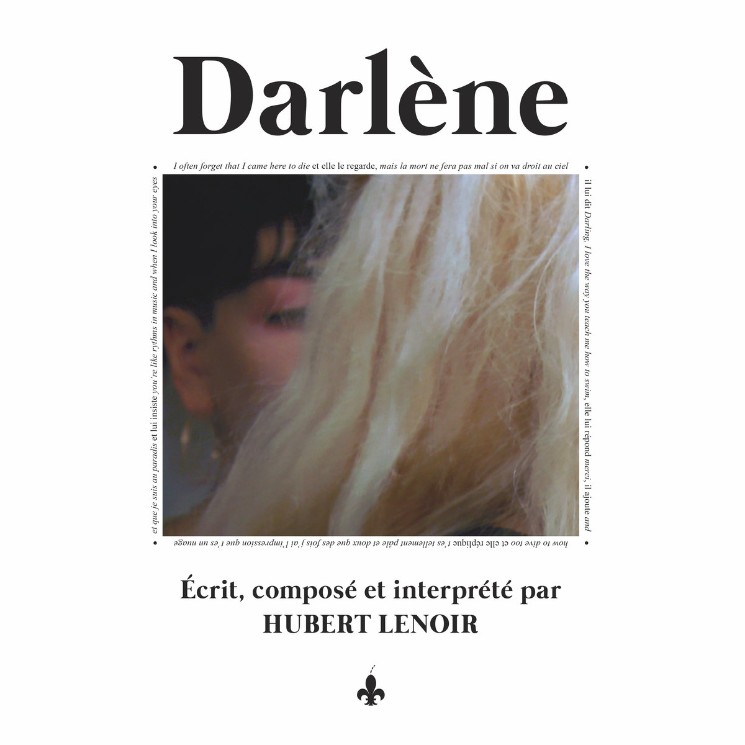
For a debut, Darlène pushes all of the limits. The album refuses to be bound by the confinements of genre, attributed largely to Hubert Lenoir's eclectic mix of musical influences. The opening "Fille de personne" trilogy serves as an aperitif – bold enough to prepare the palate for what's to come but withdrawn enough to avoid outshining the rest. Some songs, like "Ton hôtel," radiate the energy of pure pop bangers, while others, like "Momo," let jazz take the reins. Darlène tells a story of love and loss; self-doubt and self-discovery. It's undeniably bold and irresistibly charming, and that's exactly how Lenoir intended it to be.
Alex Rodobolski
27. Leonard Cohen
You Want It Darker (2016)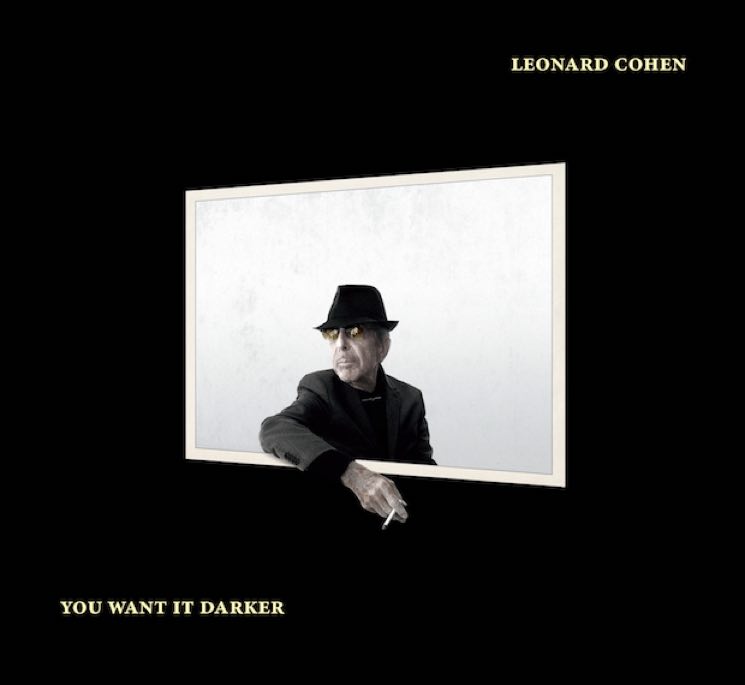
Released 19 days before his death, Leonard Cohen's You Want It Darker is a meditative journey through soft acoustics and beautiful lyricism. The release finds one of Canada's most revered poets contemplating life and death — not through dramatics nor melancholy, but by being clever, observant and extremely candid. Cohen spent his life documenting the world onto paper, and as a parting gift, You Want It Darker provides closure by looking retrospectively at the world and then beyond it.
Spencer Nafekh-Blanchette
26. Purity Ring
Shrines (2013)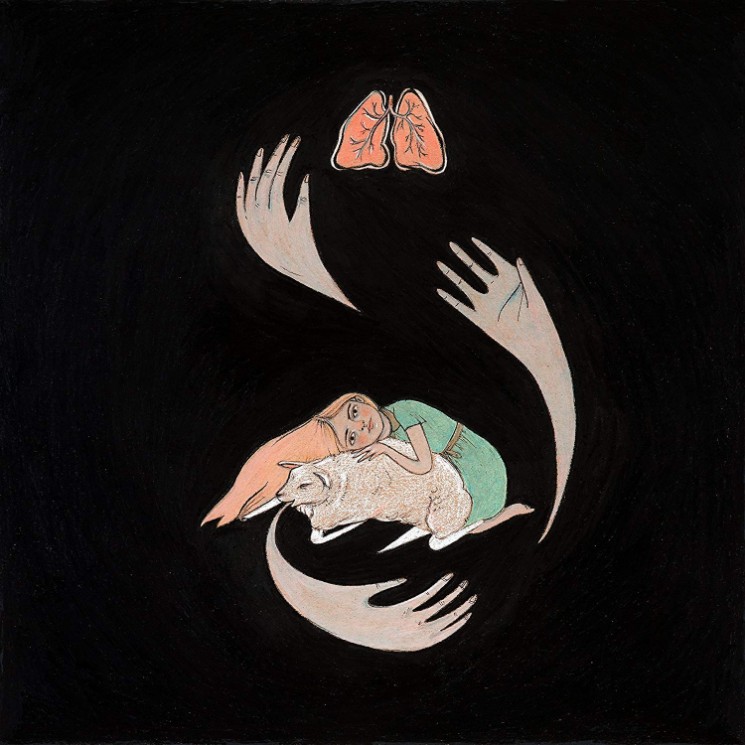
Cornering 2013's market for macabre electro-pop is Purity Ring's striking debut Shrines. Painstakingly produced and fantastically lyrical, the album put Edmonton natives Corin Roddick and Megan James firmly on the map. Shrines effortlessly married the duo's love of R&B and hip-hop with a fresh take on glitchy, contemporary electronic, anchored by Roddick's keen ear for percussion and James's whimsical yet deliciously morbid lyrics, as on icy singles "Odebear" and "Fineshrine." Purity Ring, in all their brooding brilliance, ushered in a markedly new sound and direction for Canadian electronic music, and Shrines remains their crown jewel.
Dylan Barnabe
25. Preoccupations
Viet Cong (2015)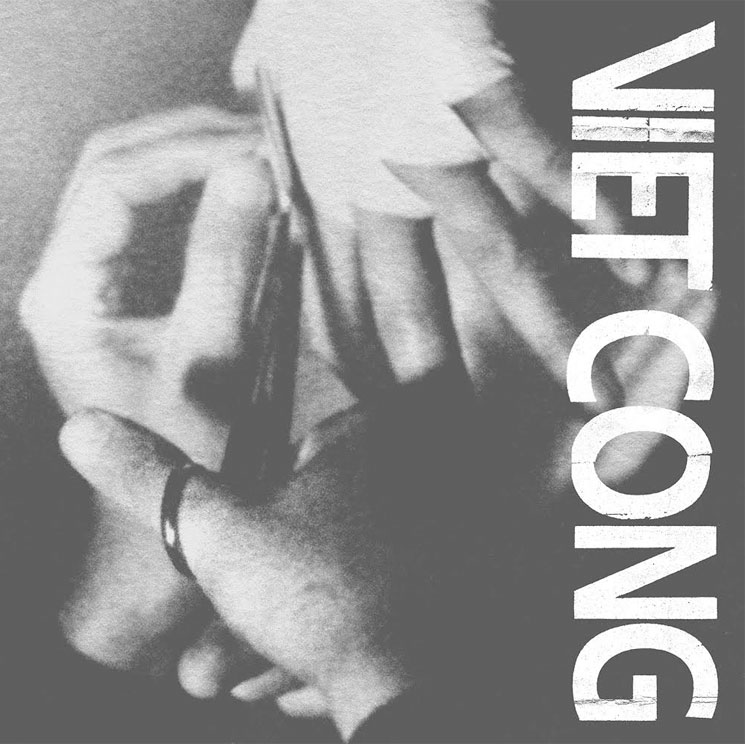
Rightfully condemned for its name — a name the band shared before they changed it to Preoccupations — the debut album from the Calgary post-punks launched them into the indie stratosphere, cementing them as a menacingly inventive, philosophically-informed outfit. Starting where Women — in which two of the members previously served — left off, the album is stuffed with antithetical ideas that are equal parts primordial and modern. While the band's artistic sensibility echoes that of punk's most boundary-pushing artists, Preoccupations' approach is far more empirical, choosing to funnel and reshape decades of experimental music through their own lens rather than retrace the steps of their influences.
Calvin Cashen
24. Drake
Nothing Was the Same (2013)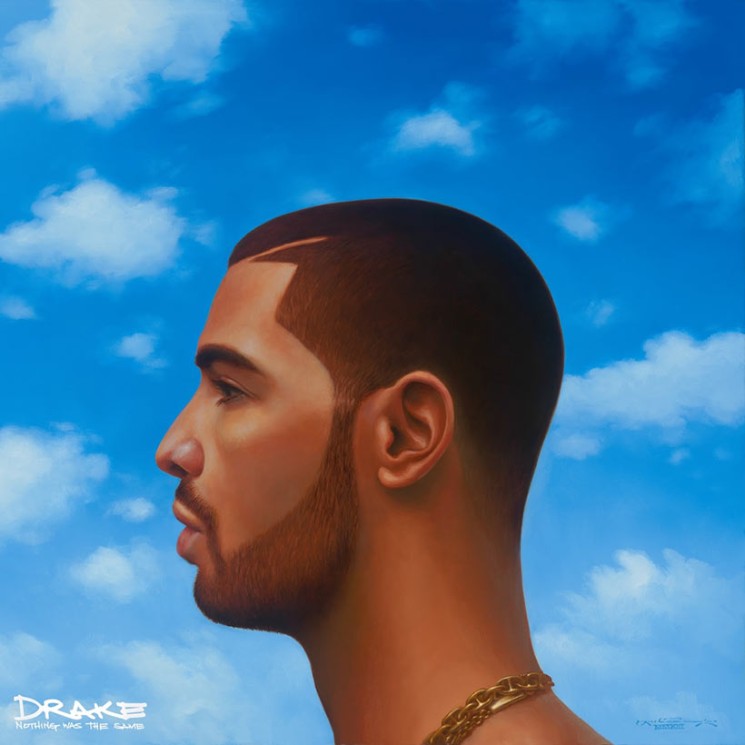
Drake felt a "more concise, more clear" approach to music was in order after the sprawl of sophomore album Take Care, and Nothing Was the Same remains one of his catalogue's strongest feats of refined songcraft and vision. The album's vociferous and vulnerable moments alike are anchored by brilliant sequencing, not to mention the sonic blueprint of "Toronto sound" architect Noah "40" Shebib. Nothing Was the Same captures an artist at once reflective and ready to reap the rewards of a pop cultural omnipresence that wasn't yet fully established — though Drake would soon grow bigger, and the albums would, too.
Calum Slingerland
23. Tanya Tagaq
Animism (2014)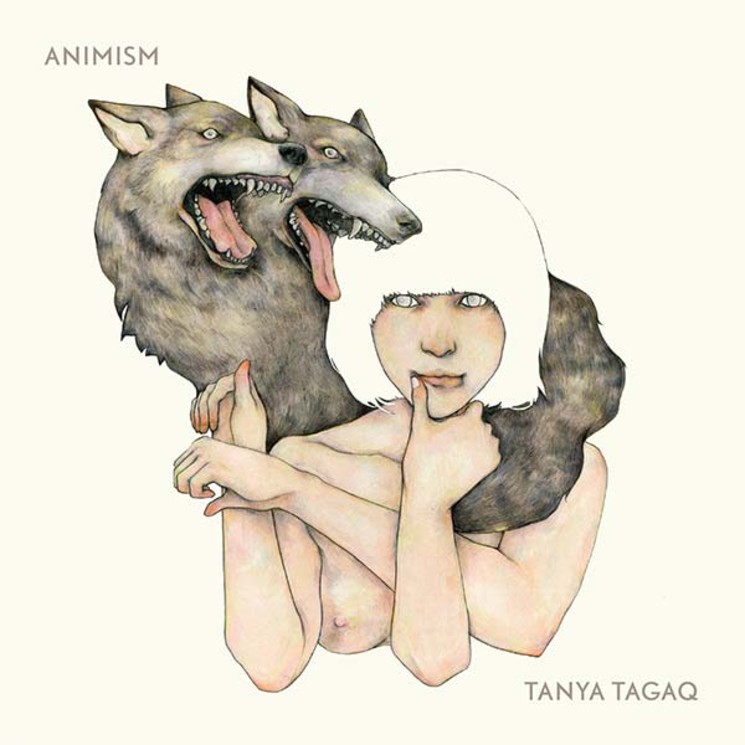
The tectonic passion and creativity of Tanya Tagaq's Animism set off a seismic shift in Canada's musical and cultural landscape. The Inuk artist created a new language of sonic expression alongside principal collaborators Jesse Zubot and Jean Martin. Their fresh fusion of highly expressive experimentalism with raw, grimy live dance vibes and Tagaq's transportive vocals is an experience unlike any other in music history. Even though there's little that resembles pop music on the surface of these songs, Tagaq and company know a hook when they feel it, and the album is full of surprisingly catchy moments — and even more full of those magical moments where music taps into something divine and inexplicable.
Scott Gray
22. Feist
Metals (2011)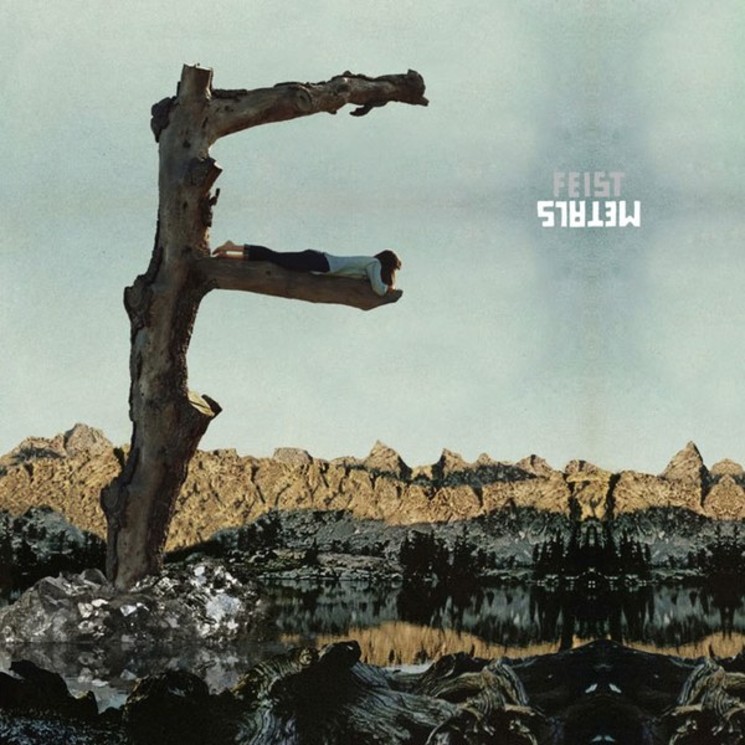
It's hard to recall what exactly it was we were waiting for the in the anticipation of Leslie Feist's follow up to The Reminder — more "1234" sing-alongs or contained young adult love songs? Whatever it was, it wasn't Metals. That was obvious in the guitar line of "The Bad in Each Other" or the shouts in "A Commotion." Every listen put the focus on a different element of the songwriting. Each lyric, whether direct or knotty, each composition cacophonous or quiet (or both), all lead to a pleasurable reassessment and rethinking of previously held opinions. Metals didn't meet preconceived expectations but instead redefined them.
David Falk
21. BADBADNOTGOOD
IV (2016)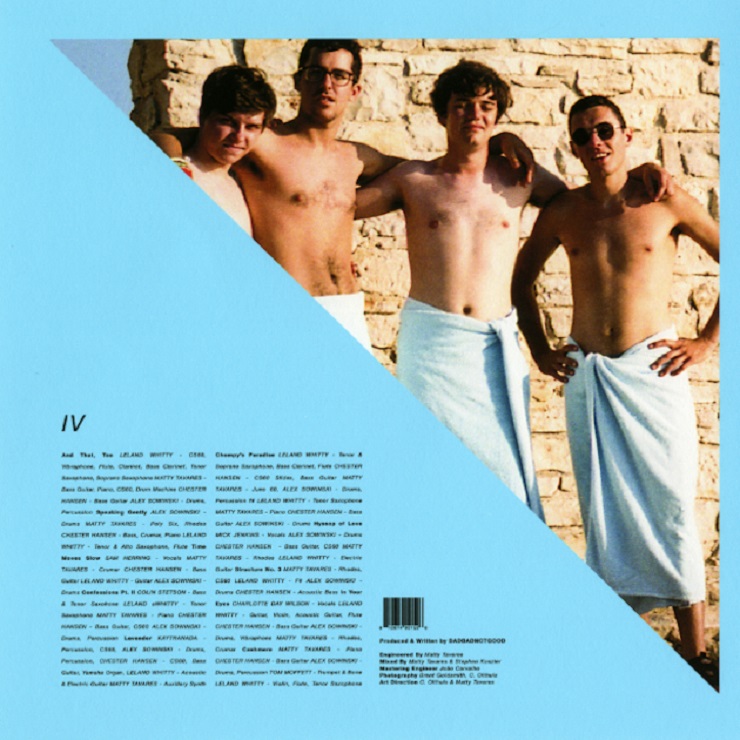
BADBADNOTGOOD gained fast fame with their jazzy reworks of hip-hop tracks, yet IV was more adventurous than anything else in their catalogue. IV still explored the cross section between jazz and hip-hop, apparent in their collaboration with Mick Jenkins, but guest spots from Colin Stetson, Kaytranada, Charlotte Day Wilson, and Future Islands frontman Samuel T. Herring were seamlessly incorporated into the tapestry of influences, drifting from psychedelic library funk to sizzling improvisational nu-jazz to pillowing out softly crooned R&B ballads like a dreamy soundtrack. This album was the moment BBNG truly stepped up from an homage to something that could profoundly influence the next generation of jazz exiles.
Alan Ranta
20. Caribou
Our Love (2014)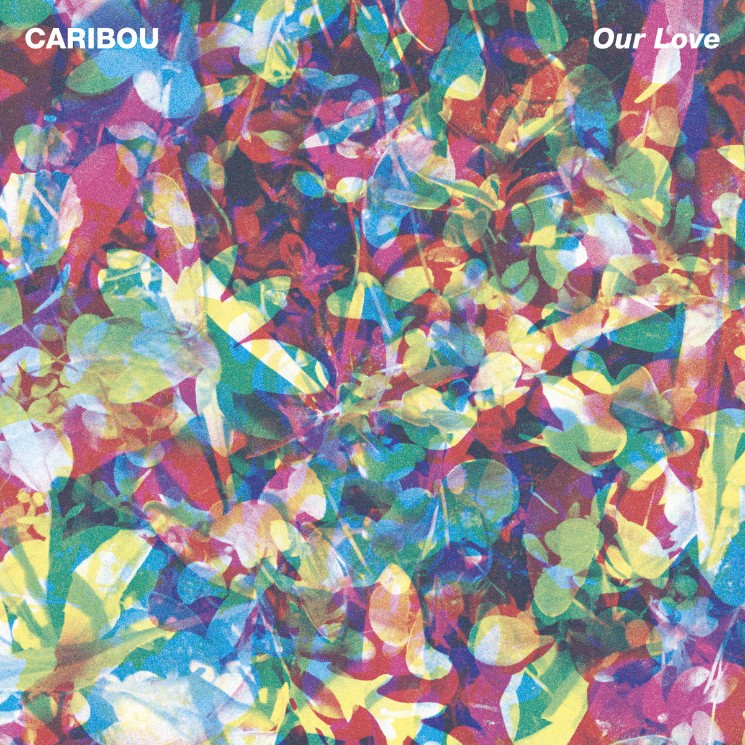
Dan Snaith's second album of the 2010s as Caribou is 2014's Polaris-short listed Our Love, a timeless addition to Canada's electronic music landscape. The record is a collection of minimally produced sad bangers, and home to universally loved tracks like "Can't Do Without You," "Silver" and the Jessy Lanza-featuring "Second Chance." Snaith balances his signature electronic impulses with the record's more human aspects for a deeply intimate take on the topics of fatherhood, love and friendship. In its simultaneously boogie-inducing and tear-jerking qualities, Our Love is at once powerful and understated, romantic and melancholic.
Allie Gregory
19. PUP
The Dream Is Over (2016)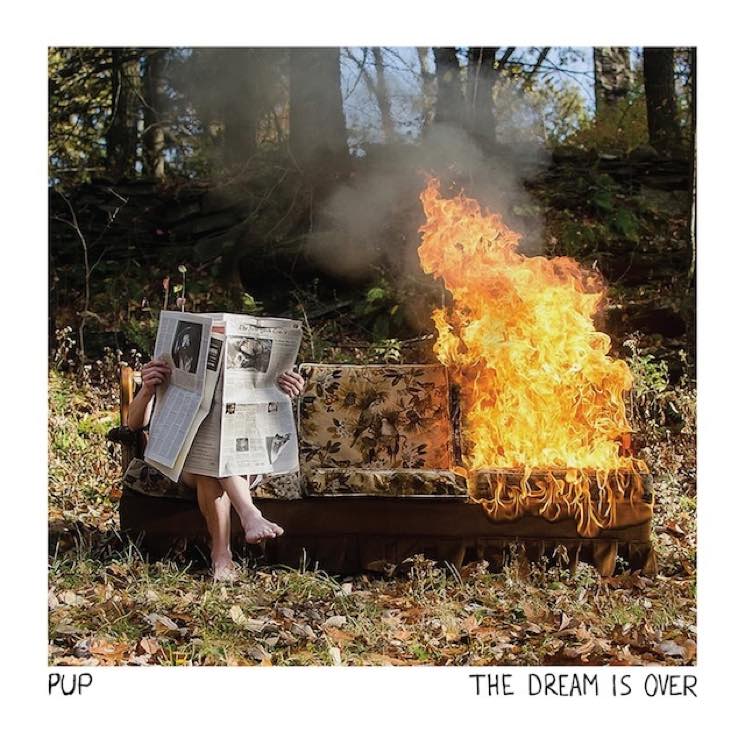
The Dream Is Over, the sophomore album from Toronto punks PUP, fuels itself on this intensity, voicing each emotion in its most acute form. Fittingly, things start with a death wish: the comprehensively-titled track "If This Tour Doesn't Kill You, I Will." Much of the album follows in this tone, with cathartic, tipsy expressions of hurt and aggression. Lurching guitars hurtle up against the frantic insistence of drums. People are told to grow up, to move the fuck out. Ultimately, though, it's the album's tonic of release and perspective that makes it such a heady listen.
Owen Torrey
18. Destroyer
Kaputt (2011)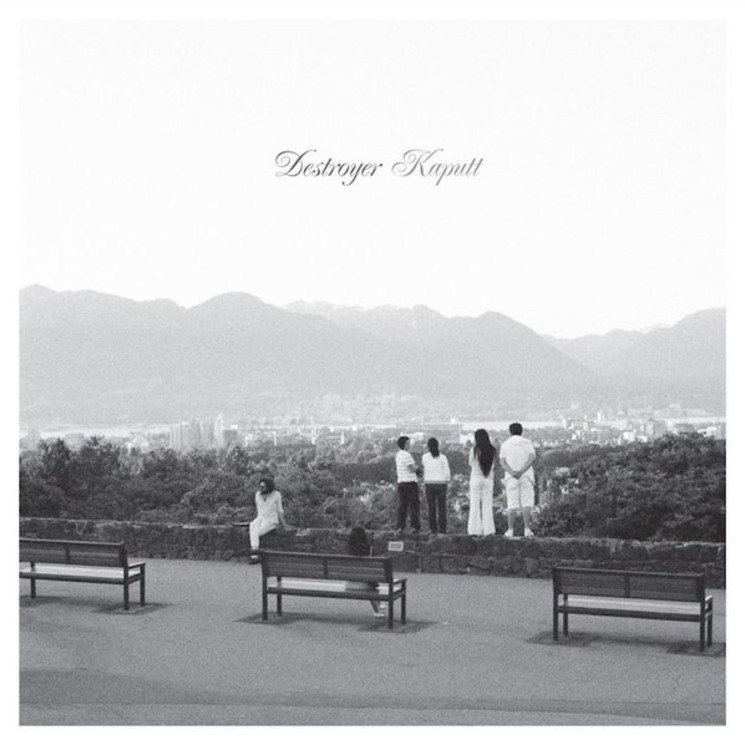
Before Kaputt, it was almost unthinkable to put Kenny G-grade sax on an indie rock record; after Kaputt, it became so popular that it verged on cliché. Vancouver songwriter Dan Bejar suddenly made it cool for indie musicians to embrace kitschy sounds usually relegated to bargain bins. Without Kaputt, the War on Drugs might never have turned heartland rock into a psychedelic daydream and Mac DeMarco might never have trawled the weirdest depths of yacht rock. Which is to say: it's difficult to remember just how radical this sounded back in 2011, but the synth-hazed dream-pop of "Savage Night at the Opera" and the opulent disco epic "Suicide Demo for Kara Walker" are undeniable, regardless of context.
Alex Hudson
17. Godspeed You! Black Emperor
'Allelujah! Don't Bend! Ascend! (2012)
Acclaimed Montreal post-rockers Godspeed You! Black Emperor earned their reputation by challenging norms — of music, of ethos, of industry — and 'Allelujah! Don't Bend! Ascend!, the band's first album in a decade, marked a profound return to form in every way. Dropped discreetly on the band's merch table one night, the album's gospel spread quickly, not unlike the music's well-honed quiet-loud dynamics, with each of the album's towering, 20-minute-long theatrical instrumental rock tracks embodying ominous terror, ebullient triumph and melodic brilliance. The album's legacy was capped off with a Polaris Music Prize victory that found the band admonishing the event for happening in the first place — how's that for classic Godspeed?
Matt Bobkin
16. Alvvays
Alvvays (2014)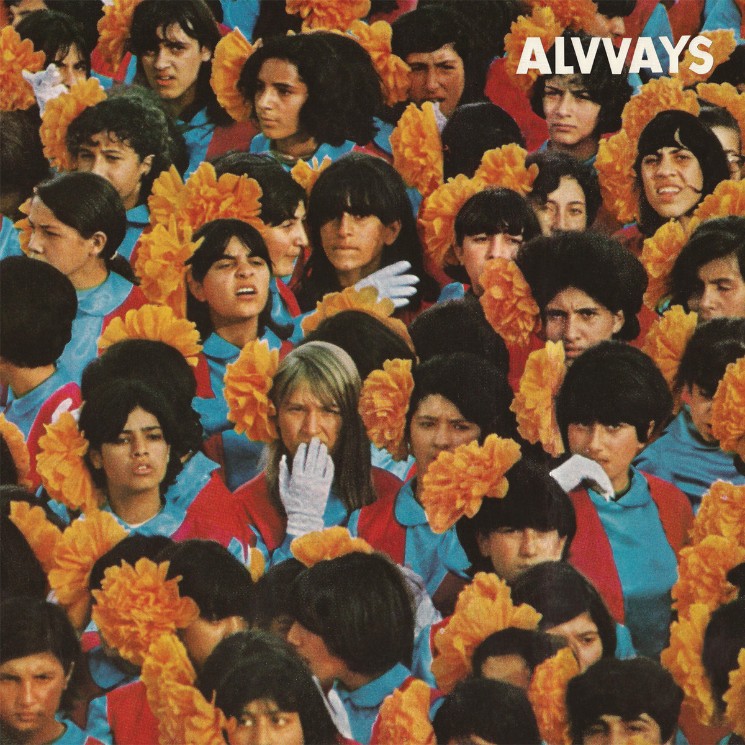
Whether through appreciation for the Stone Roses, Beach Boys or Saturday morning AM-radio rock, you have either directly or indirectly heard Alvvays. This became certain in 2014, when vocalist Molly Rankin and her gang of reverb-soaked rockers sang of aging indecision, nostalgia and romantic devotion. Cuts like the compelling "Archie, Marry Me" and dazzling "Atop a Cake" caught on quickly. Much like the unrequited love manifested on "Party Police" ("We wrote our names in the overpass, and I hope it lasts forever"), Alvvays has aged with precision and prestige. A debut far more realized than their peers rightfully put this PEI-via-Toronto jangle-rock phenom at the forefront of Canada's independent spotlight.
Connor Atkinson
15. A Tribe Called Red
We Are the Halluci Nation (2016)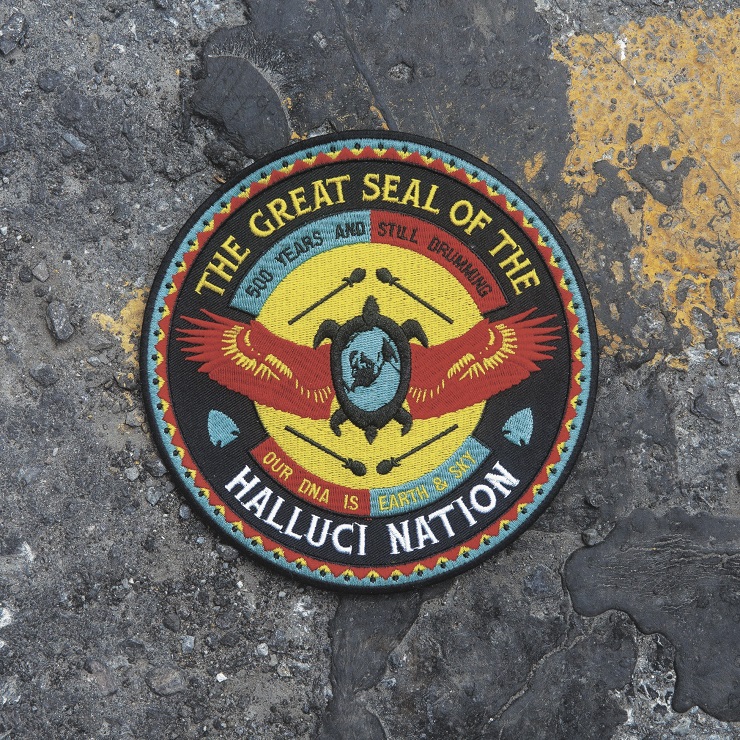
Furthering the Indigenous musical revolution they helped ignite, A Tribe Called Red delivered a foundational rumbling statement, equally powerful in music and in message, with We Are the Halluci Nation. With poignant storytelling and songwriting receiving attention commensurate with their innovative beat production work, the group and their many talented collaborators created an album that reaches far beyond the aims of most electronic music. Every musical track on the album is a fully formed song that, while heavily sculpted by ingenious sound design, would retain its core appeal dressed in other sonics. We Are the Halluci Nation is a rare achievement in electronic music that raises the bar in the overall genre while exploding notions of what Indigenous music can be.
Scott Gray
14. Mac DeMarco
Salad Days (2014)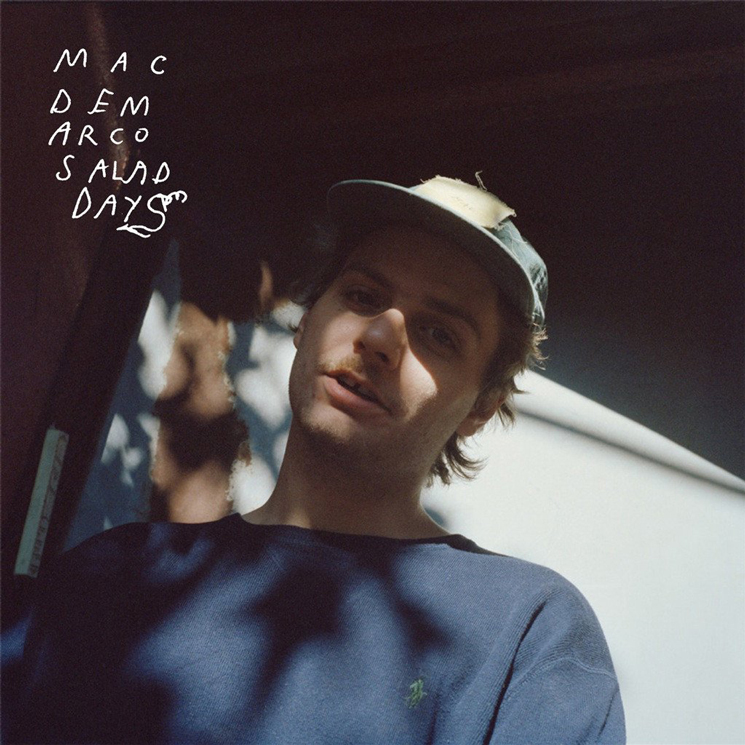
By the decade's midpoint, Mac DeMarco's idiosyncrasies had become ubiquitously recognized, and his iconic gap-toothed grin had become inescapably plastered all over the internet. The Edmonton-born singer-songwriter had inspired an entire generation to dress like him, adopt his laissez-faire attitude, and buy cheap darts – but this cultural phenomenon was no accident. Salad Days is lyrically relatable and sonically agreeable for most audiences, making it one of the decade's best albums to kick back and smoke to, or turn up and dance to. DeMarco's unique and immediately recognizable soft-rock twang became one of the most imitated sounds of the decade and helped bring lo-fi psych pop to the forefront of popular music.
Lukas Wojcicki
13. Grimes
Visions (2012)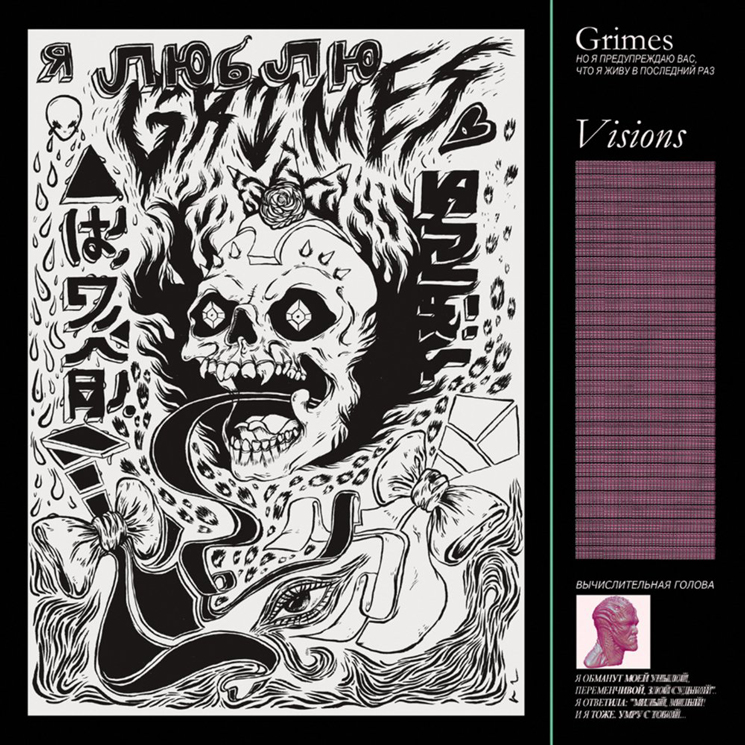
Before the eye surgeries, odes to AI overlords and romances with tech tycoons, there was Visions, the breakthrough album from Claire Boucher, a.k.a. Grimes. Written and recorded in just three weeks on GarageBand, the record sounded like transmissions from another dimension when it was released, Boucher's ethereal voice its humanizing force. Visions was rightly hailed then and the ensuing years have only buoyed its standing. Scores of imitators subsequently branded themselves "alt-pop" in the Grimes mould and Boucher quickly abandoned the sound in favour of more a more maximalist take on pop, but this cybergoth wonderland remains a singular experience.
Ian Gormely
12. Fucked Up
David Comes to Life (2011)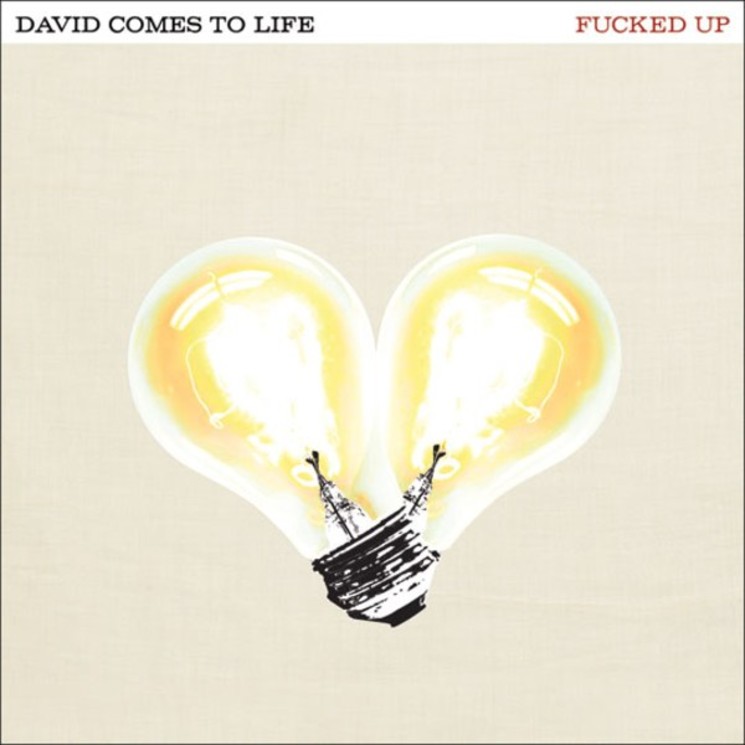
That any band could make a rock opera about love, terrorism, light bulbs and fourth wall-breaking narrative defiance and have it turn into anything other than a pretentious sprawling disaster seemed downright impossible, and yet, Fucked Up pulled it off with David Comes to Life. Almost every moment, riff, bassline, shout-along chorus and inimitable Damian Abraham bellow is packed with boundless, raw, visceral energy. Can you follow the plot? Not totally! It doesn't really make sense! But who cares!? David Comes to Life is a wild, breathtaking ride of an album, and it is pretty safe to say no one will ever make anything like it again.
Chris Dart
11. Jeremy Dutcher
Wolastoqiyik Lintuwakonawa (2018)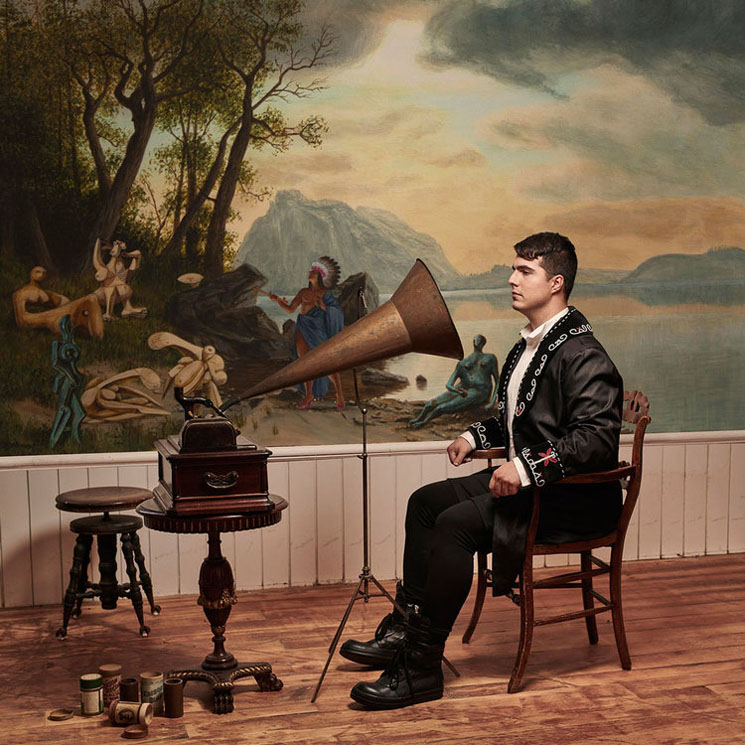
Rarely does musical genius and cultural stewardship combine so succinctly as it does in Jeremy Dutcher's Wolastoqiyik Lintuwakonawa. Dutcher takes songs that had been silenced for decades due to anti-Indigenous policies and presents them with operatic tenor and lush piano accompaniment in a manner no other artist could. It is an album that is both deeply personal and urgently collaborative, delivered in the Wolastoqey language spoken by few today. And yet, that collection of seemingly niche ingredients is combined into an emotionally resonant listen even more accessible than the individual genres that informed it. While we can demur over which albums will stand the test of time, Wolastoqiyik Lintuwakonawa already has.
Michael Warren
10. Daniel Caesar
Freudian (2017)
Rooted in gospel and offering unabashed openness, Daniel Caesar's Freudian offered relief for loving souls who had grown weary of romance's changing landscape in the 2010s. Whether or not apps like Grindr and Tinder were to blame, the way we experienced and sang about love saw major shifts in the 2010s. In life and in music, the love narrative became fickle, less personal, and more transactional. Given the luxury of perceived "options" in the digital world, we became more focused on instant gratification and self-preservation than true connection – and as a result, modern Canadian R&B was shrouded in a certain darkness.
But Caesar's debut leaned into stories of intimacy when the trend was to avoid them. Freudian's success came not only from the pure, polished acoustic gospel sound that Caesar perfected, but from its brave shows of vulnerability. The album provided an unembellished honesty that the world had been craving.
A. Harmony
9. U.S. Girls
In a Poem Unlimited (2018)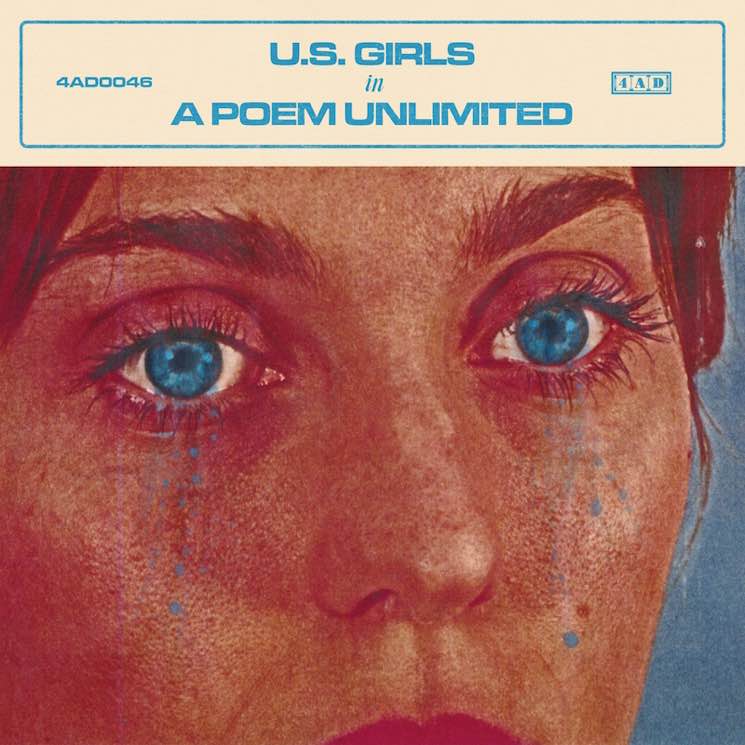
Delving inward while simultaneously reaching out to the community surrounding her, Meg Remy articulated questions that went largely ignored for the previous decade, ones we're still struggling to negotiate today, like why a wartime President who received a Nobel Peace Prize went largely unchallenged as an icon of democracy ("M.A.H."), or how plastic became an acceptable part of our diets (see a surfy cover of Fiver's "Rage of Plastics"). With In a Poem Unlimited, Meg Remy tosses it all in a malt shop blender and serves up a harsh shake.
Bolstered with glammy shots of disco, dub reggae, and trip-hop, the album's vintage vibe slickly conveys these subjects as if artifacts of the past, artfully distancing the listener from the subject to process the present as if in hindsight. By the time you've reached the bottom, the plastic facade of the American Dream has melted off to expose an impervious, menacing grin and the people it left behind. Popaganda at its best.
Tom Beedham
8. Japandroids
Celebration Rock (2012)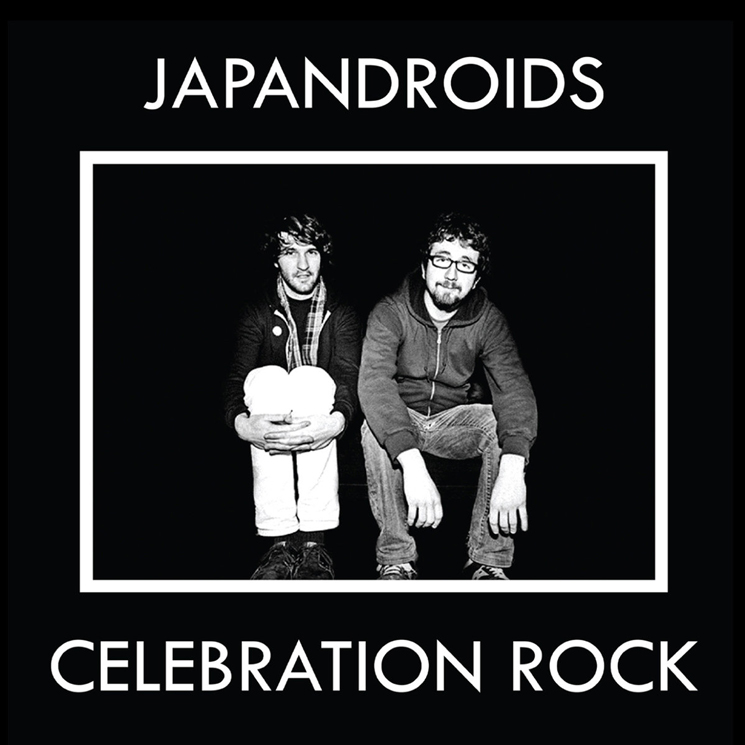
Vancouver garage rock duo Japandroids hit their sweet spot on Celebration Rock, and the album is exactly what the title implies. From the explosive opening of "The Nights of Wine and Roses" (literally, it opens with fireworks), the two-piece rip through surefire shout-alongs like "Fire's Highway," "Evil's Sway" and "Younger Us." The energy never wavers, with penultimate cut "The House That Heaven Built" giving the record a final burst of power before closing out with the surprisingly tender "Continuous Thunder." It's an album about young love, hard partying and sticking it to the man — you know, the happier times of 2012. And while the apocalypse seems to be hurtling toward us ever more quickly each day, Celebration Rock still stands up as a time capsule of a more fun, carefree time for a "younger us" — and it still rocks.
Sarah Murphy
7. The Weeknd
House of Balloons (2011)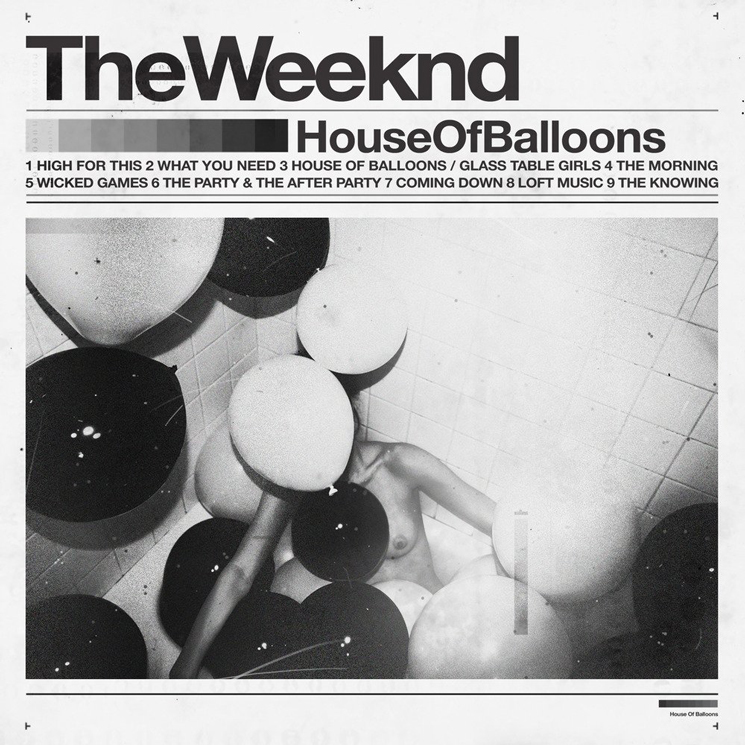
If there ever was an album that defined the ethereal sway of alt-R&B, the Weeknd's House of Balloons is guilty as charged. Equal parts nihilistic, ritualistic and stimulant-fuelled, Abel Tesfaye's bottled-up sexual energy and materialistic desires inform the entire 2011 project — and by extension, the mood of a specific flavour of music at the time. The intentional mystery surrounding the project's origin and intent engaged and enthralled social media at the time; the excitement and pride over a homegrown Toronto artist capturing notice at this level arguably hasn't been seen since. Defined as a debut "mixtape," the project's sounds of R&B, trip hop and dream pop capture the zenlessness of a drug, sex and partying existence — "High for This" indeed.
Ryan B. Patrick
6. Caribou
Swim (2010)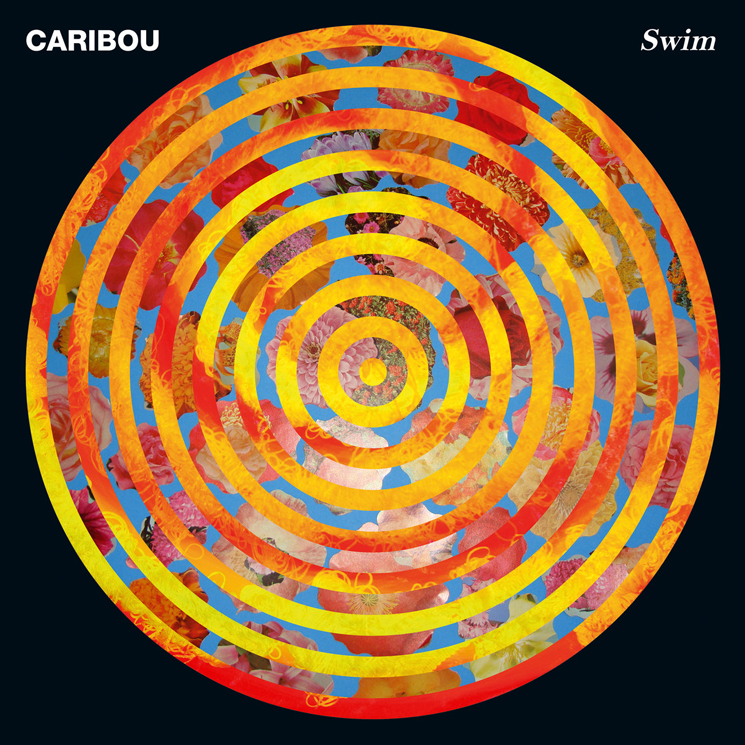
Having once earned a doctorate in mathematics from Imperial College London, it should come as no surprise that Dan Snaith is an obsessive and meticulous producer and songwriter, diving deep into genres like IDM, krautrock, and psych-pop, and bringing only the best elements to the surface for his songs. His gifted approach gained him a Polaris Music Prize in 2008 for his album Andorra. But, not content to be pigeonholed as a throwback artist, he decided to move his hazy psychedelia to the dancefloor for his next effort.
On Swim, Snaith mixed burbling beats and aquatic basslines together with more minimalist, drawn-out compositions, and set them to a slow simmer. The result is an album whose natural tones (Tibetan singing bowls, flutes), clean production, and captivating compositions sound as fresh now as they did a decade ago.
Matthew Ritchie
5. Grimes
Art Angels (2015)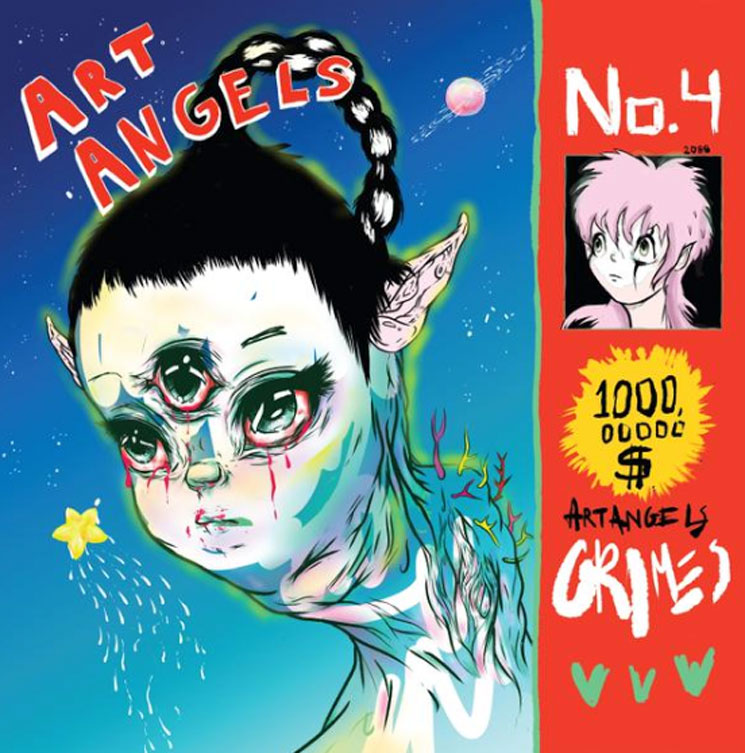
After perfecting the gently dancefloor-leaning ambient throb of Grimes' first three albums with her assured and visionary breakthrough Visions in 2012, it felt like, sonically, she could go almost anywhere. Then, she went everywhere. The expansive, exploratory Art Angels is a testament to both Boucher's artistic vision and her ambition: after learning guitar just for the album (then placing it at the centre of four of its first five tracks), she wove guest spots from Taiwanese rapper Aristophanes and Janelle Monáe seamlessly into her musical fabric alongside threads of EDM, country, hip-hop, piano balladry and trip-hop. Not to mention pop — Grimes always flirted with melody, but on the bigger, brighter Art Angels, she threw her arms enthusiastically around it.
There was speculation at the time that the album might bring Grimes into the music mainstream. That didn't quite happen, perhaps because Art Angels remains still, as it was upon its 2015 release, an album that sounds resolutely like the future. Pop music is still catching up.
Stephen Carlick
4. Drake
Take Care (2011)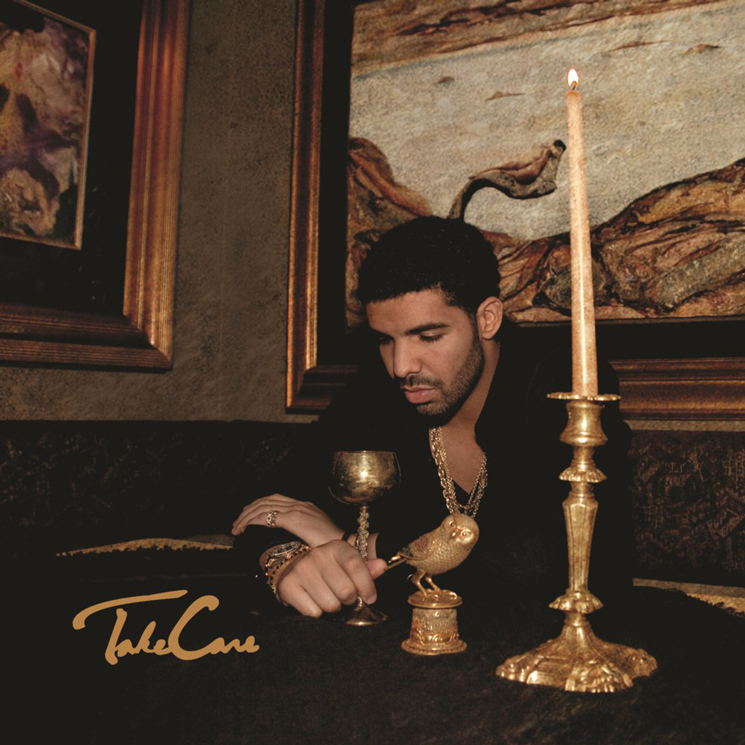
The release of Drake's Take Care marked a monumental moment not just for his own career, but for the Canadian music industry at large. Slow tempos and melodic synth tracks graced singles like "Marvin's Room" and "Crew Love," while songs like "The Motto" and "HYFR" ushered in more refined energy from the commercially new but already seasoned rapper. Take Care found itself lodged Drake's inner conflicts and a rising fame, leaving his hometown of Toronto for the allure of Los Angeles, and the need to find perfection in all the details that presented themselves. In addition to crafting the moody "Toronto sound," Take Care also mapped out a new blueprint for the rap music that was to follow — a mix of rhythmic and catchy production that highlights both artist and producer alike.
Erin Lowers
3. Carly Rae Jepsen
E•MO•TION (2015)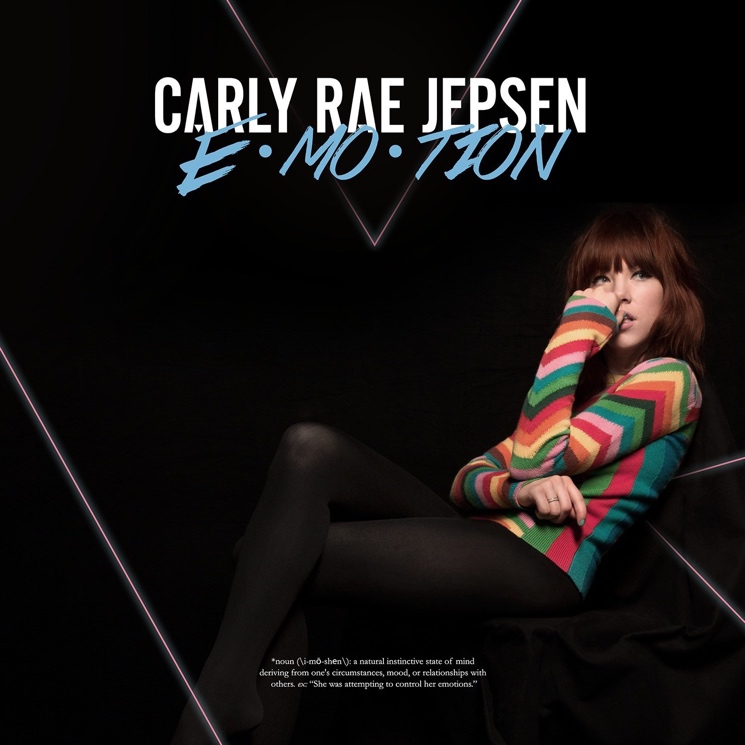
After releasing the ubiquitous mega-banger "Call Me Maybe" in 2012, Mission, BC's Carly Rae Jepsen could very easily have been a one-hit wonder. Instead she chose to take advantage of her newfound fame and work with the right collaborators (Dev Hynes, Mattman & Robin, Rostam, Ariel Rechtshaid, Tom Hanks) to make an album that will go down as her career-defining work.
That nothing quite blew up like "Call Me Maybe" may have been E•MO•TION's saving grace. What it lacked in commercial success, it made up for in positioning Jepsen as a pop underdog to root for, whose music touched disparate audiences, from the LGBTQ+ to the staunchest indie fans. From front to back, it offers nothing but the highest caliber of bops: sax-y rave ups ("Run Away With You," "Let's Get Lost"), sophisti-pop slow jams ("All That," "Warm Blood") and chewy teenage bubblegum ("I Really Like You," "Boy Problems").
With its soft-touch '80s synths, relatable and saccharine lyrics, and euphoric energy, E•MO•TION was a triumphant statement by an artist people almost gave up on, as well as the decade's finest, most endearing pop album.
Cam Lindsay
2. Kaytranada
99.9% (2016)
When Kaytranada moved from his birth place of Haiti to Montreal, he dragged some of the country's musical style with him. How could he not? What makes 99.9% a special record, though, is how Kaytranada incorporated the Haitian approach. The complex rhythms of that style are strewn throughout 99.9%, but they operate under the masks of many different genres. After its release, hip-hop heads turned, R&B necks swivelled, and club kids cut the rug to Kaytranada's debut masterpiece in equal measure.
Despite being littered with radio-friendly bangers, 99.9% is also a soft, sleepy record at times too. It's really rare to get such an all-rounder of an album that also manages to meander through a variety of tempos at the same time. It's a genre-spanning, percussion-driven, geographically-ambiguous slap of colourful creativity. Three years after its release, with countless repeat listens in the rear window, it's still 100% as fresh.
Daryl Keating
1. Arcade Fire
The Suburbs (2010)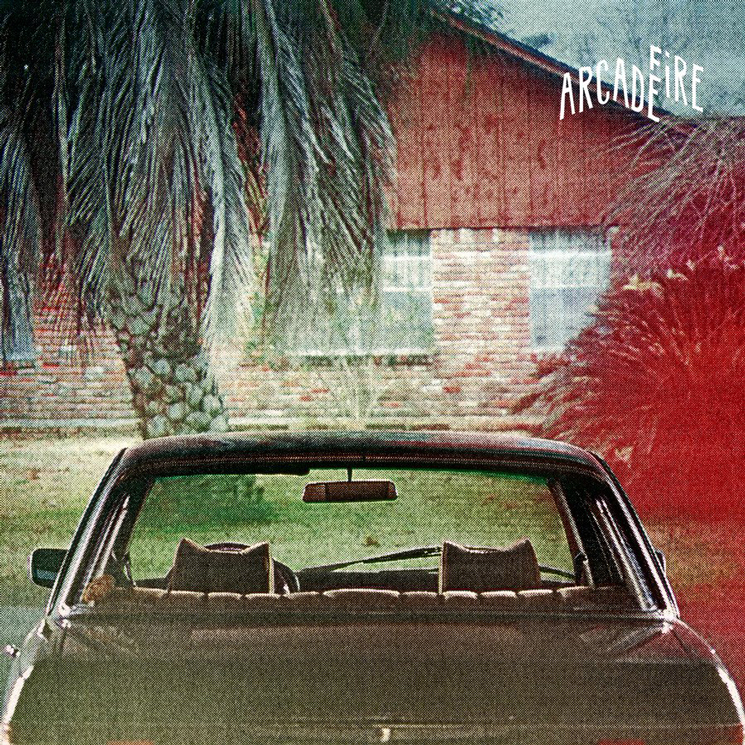
Arcade Fire stand as one of the most influential acts of the decade. This can be proven from the pure volume of subpar soundalikes that followed them. Like it or not, the Montreal collective changed the sound of alternative rock as we know it, as left-of-the-dial radio became flooded with wordless choruses, gang vocals, dramatic rhythms and violins… so many violins. But what makes 2010's stunning The Suburbs such a landmark album (much like Nirvana's Nevermind and Kanye West's Late Registration before it) comes down to one simple fact — no one could come even close to doing Arcade Fire as well as Arcade Fire.
After their eternally celebrated 2004 debut LP Funeral, Arcade Fire were in the position to take chances with their 2007 follow-up, Neon Bible, delivering a record that exploded with hype upon release before its reputation cooled as the years passed. But nine years after its release, The Suburbs is celebrated as the band's unforced masterpiece. It remains a true rarity for an hour-long LP to come off so digestible and listenable, as undisputed classics like "Ready to Start", "We Used to Wait" and "Sprawl II (Mountains Beyond Mountains)" feel so absolute, like each note, each melody, lyric was the perfect choice. Hell, even "Month of May", a straightforward meta-jest of a song, is a stone-cold masterwork.
The Suburbs stands as that last brilliant moment where Arcade Fire were perfectly poised and definitively confident enough to sound exactly like themselves.
Daniel Sylvester
Exclaim!'s 50 Best Canadian Albums of the 2010s
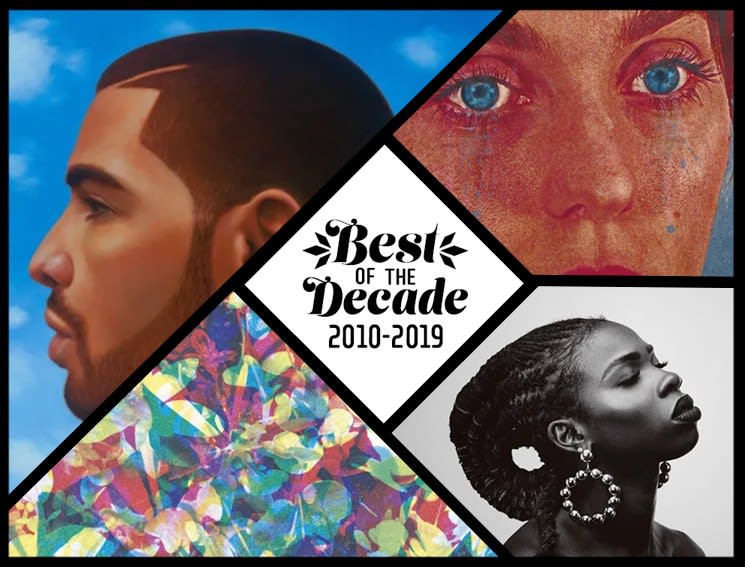
BY Exclaim! StaffPublished Oct 31, 2019
MusicFeaturesMetal and HardcoreHip-HopFolk and CountryExperimentalSoul and FunkListBest of the 2010sPop and RockElectronic
More Arcade Fire
- John Mulaney Complains About Arcade Fire's 'SNL' Party Performance: "Get Outta Here"
- Arcade Fire Celebrate 20 Years of 'Funeral' Amid Allegations Against Win Butler
- Arcade Fire's Richard Reed Parry Is Scoring Sean Durkin's 'The Iron Claw'
More Kaytranada
- Hozier, Green Day, Shania Twain, Kaytranada Set for Ottawa Bluesfest 2025
- FVDED in the Park Gets Kaytranada, Disclosure, Zedd, Tiësto for 2025 Festival
- Watch Kaytranada and Childish Gambino Get "Witchy" in New Music Video



